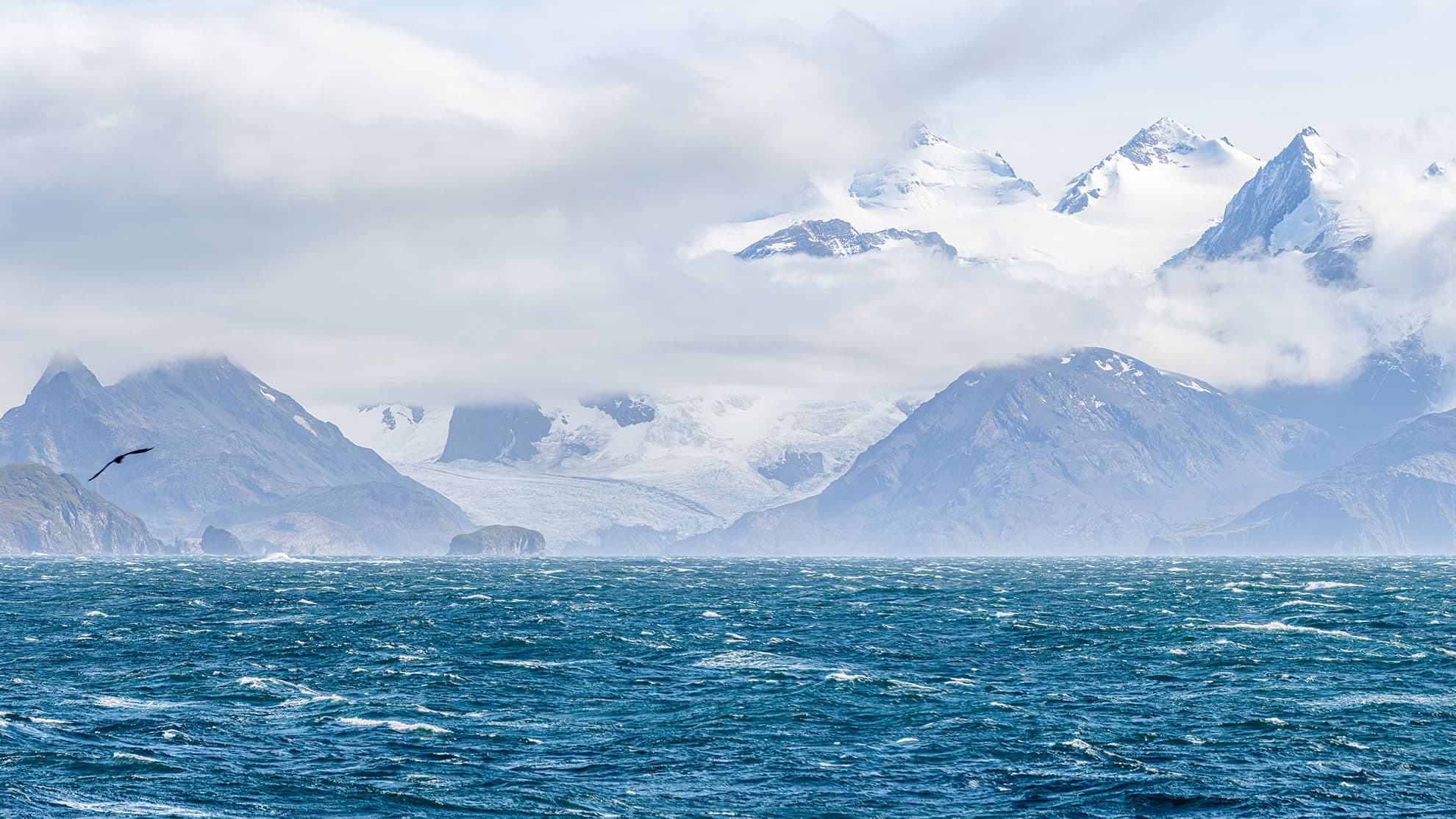Sailing expedition South Georgia and Falkland Islands – Key facts
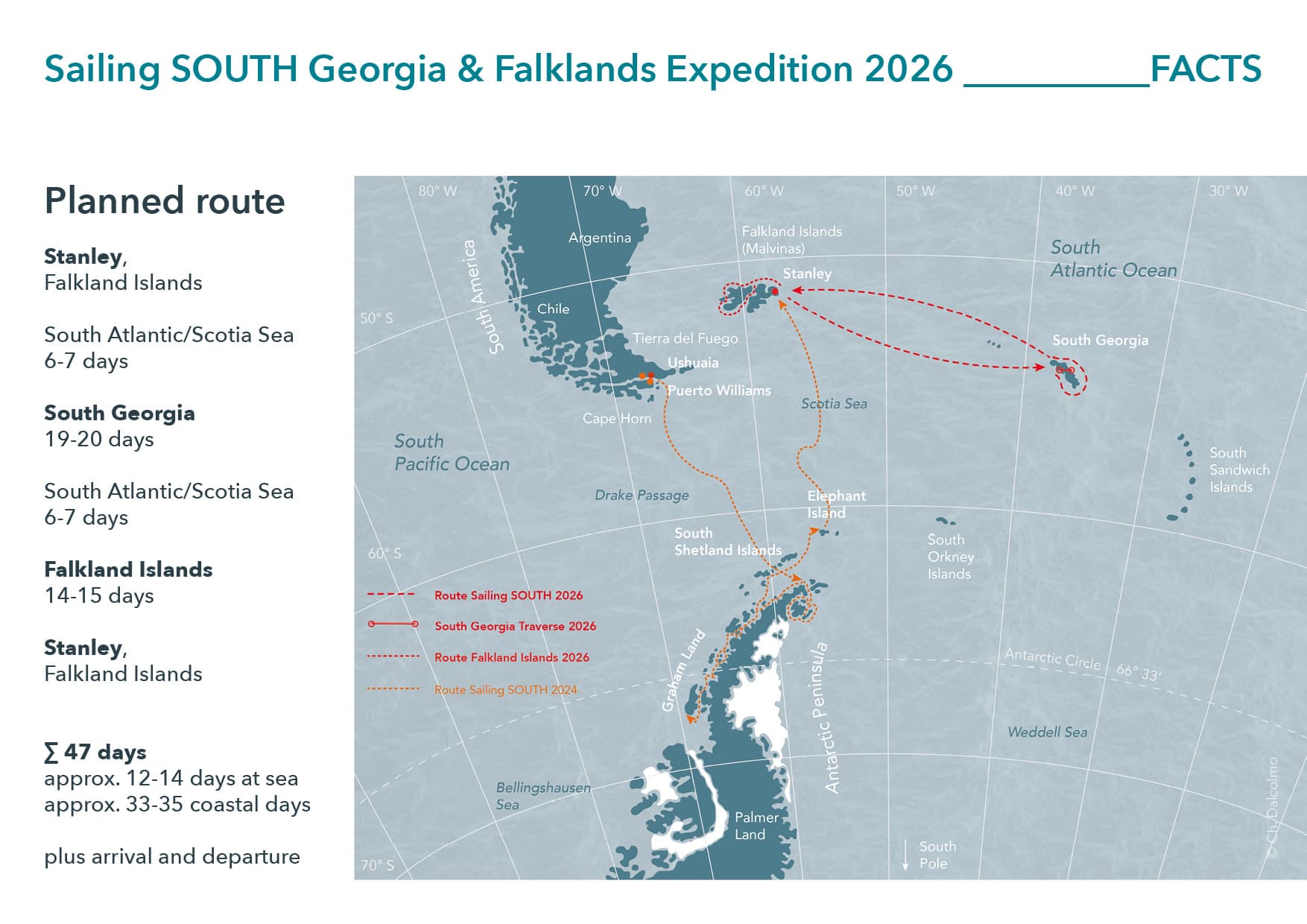
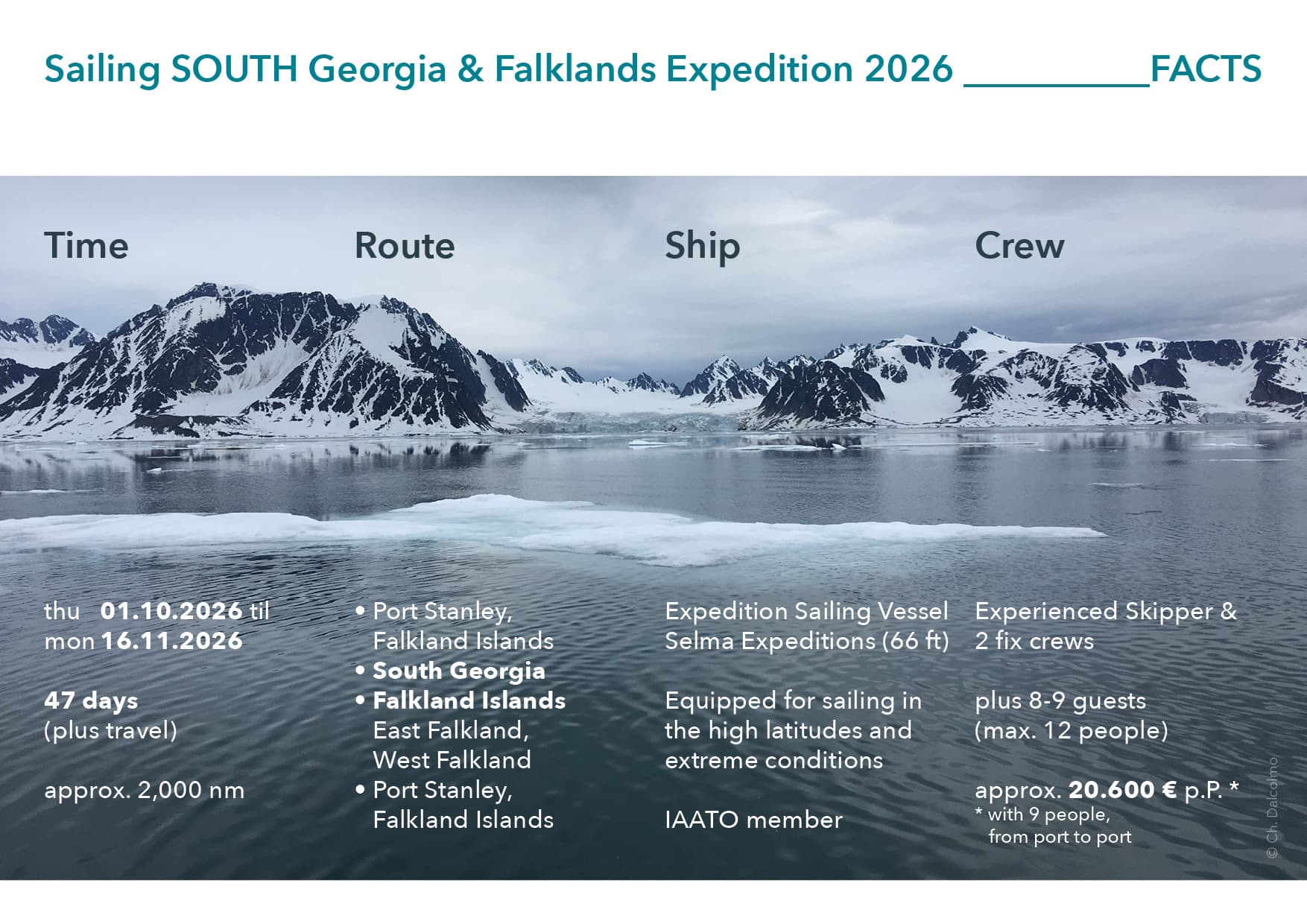

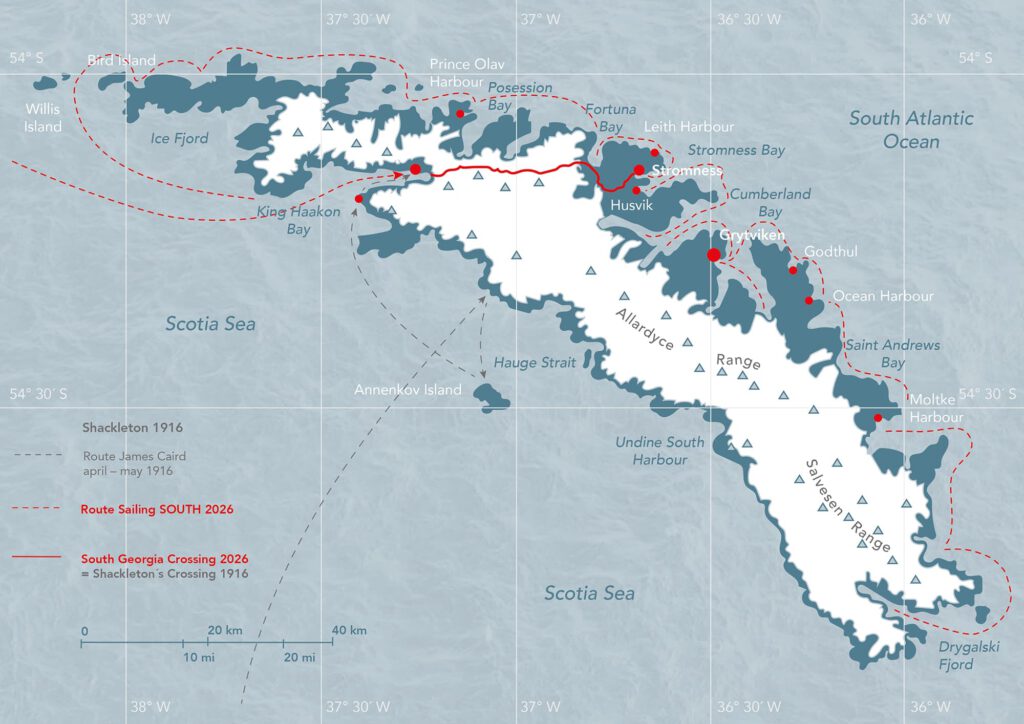
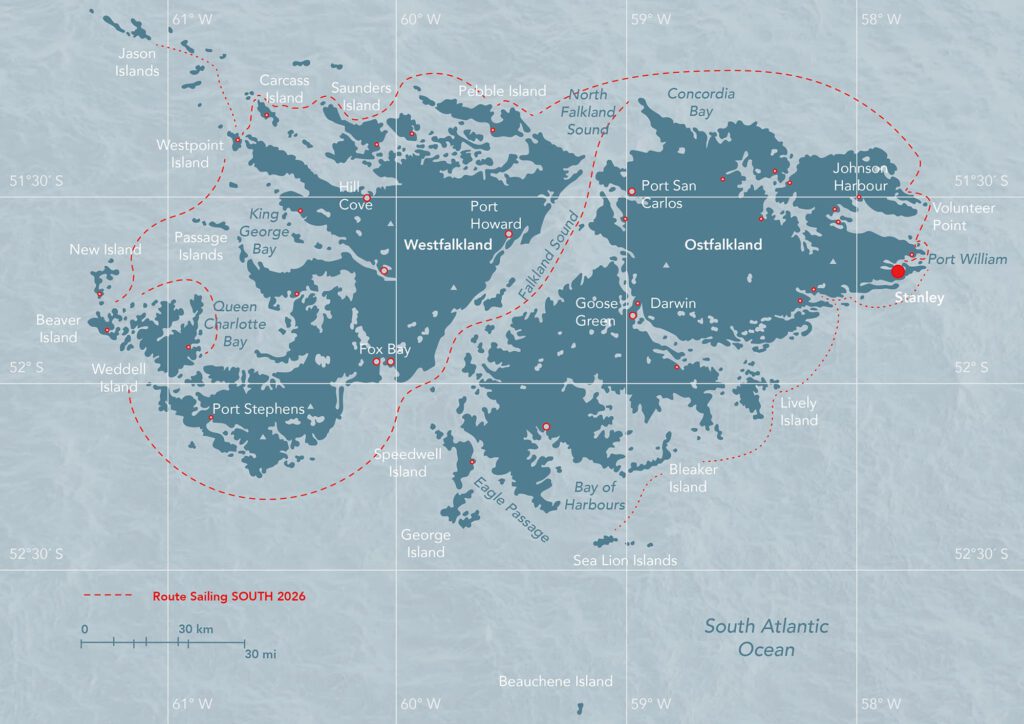
The routes shown above are a rough planning, showing possibilities of many. Apart from a few fixed points on the planned route, we decide our course and possible landings on the spot depending on the wind and weather. In the Southern Ocean and the (sub)Antarctic, nature alone sets the course. We don’t follow a rigid programme, don’t keep to any order and don’t tick off any bucket lists.
Planned journey
Stanley (East Falkland) is the planned port of departure for this 47-day sailing expedition.
Ocean sailing in the wild South Atlantic
The crossing to and from South Georgia takes around 6 to 7 days. We cross the Antarctic Convergence Zone. The water temperature drops rapidly from 5° to 1° Celsius. Nutrient-rich water rises to the surface. This attracts a large number of seabirds (albatrosses, shearwaters, petrels). At this time of year in particular, we encounter ice and the first icebergs – harbingers of the Antarctic.
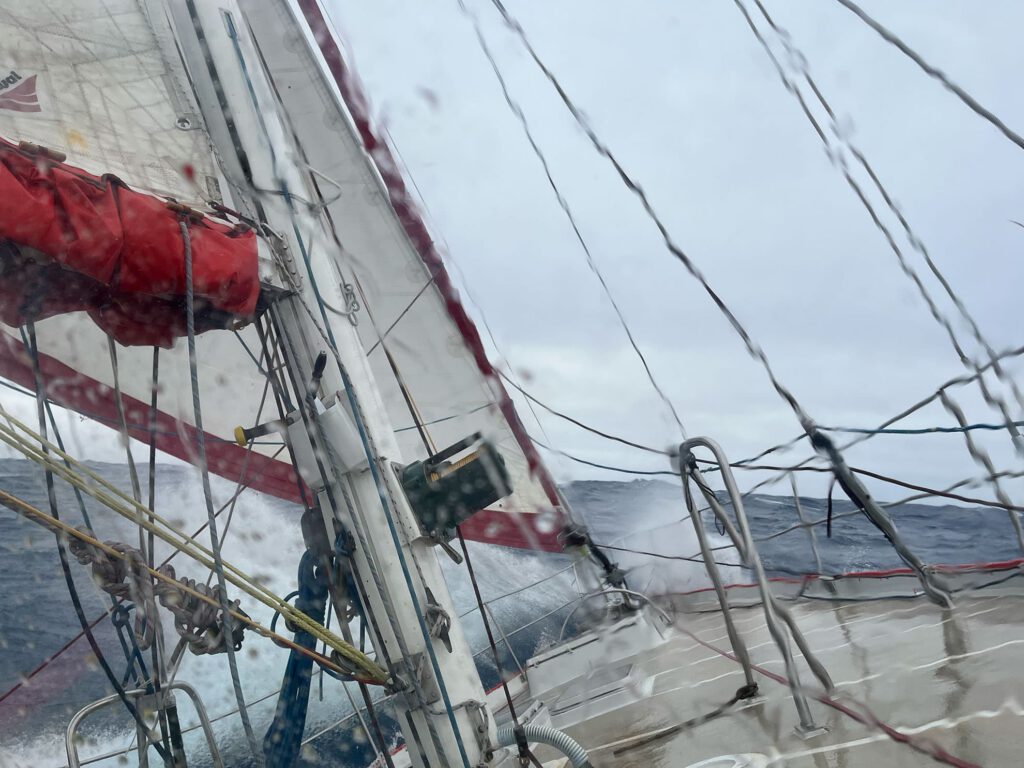
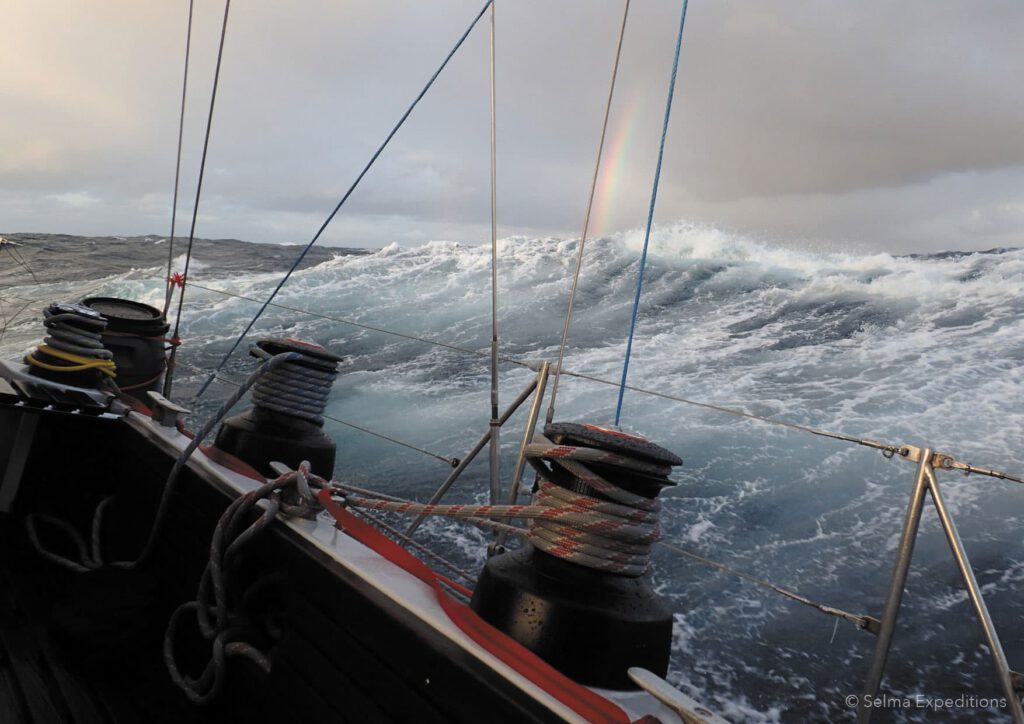
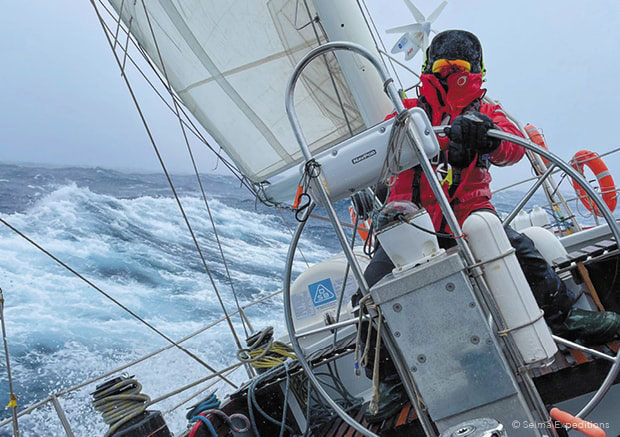
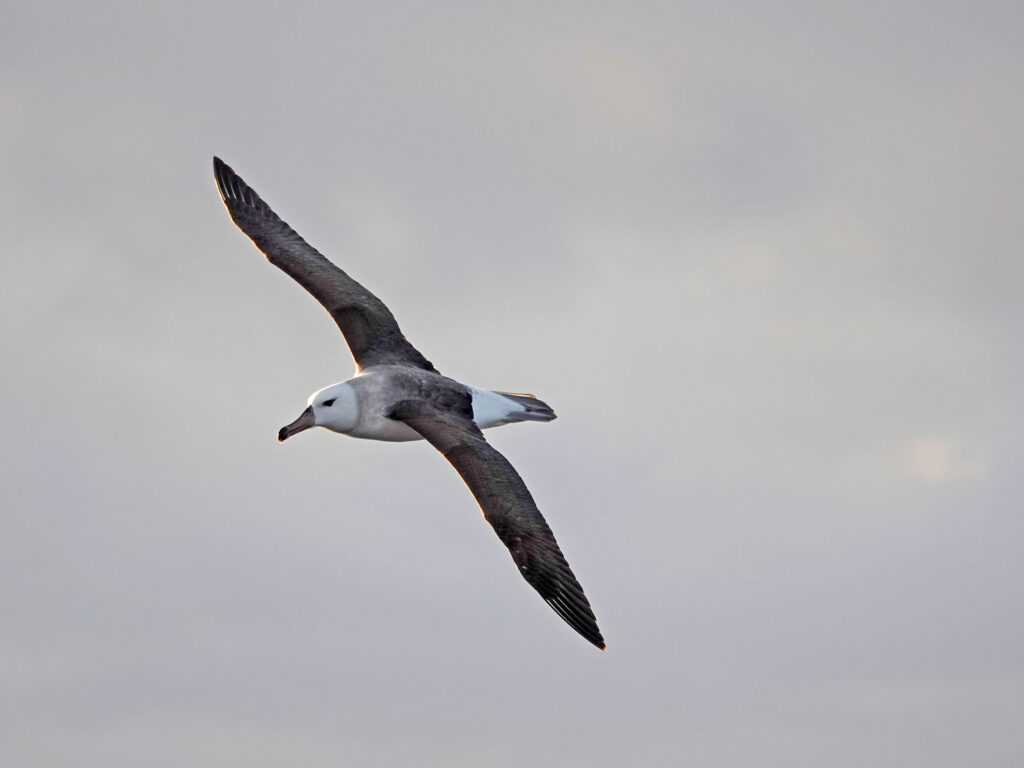
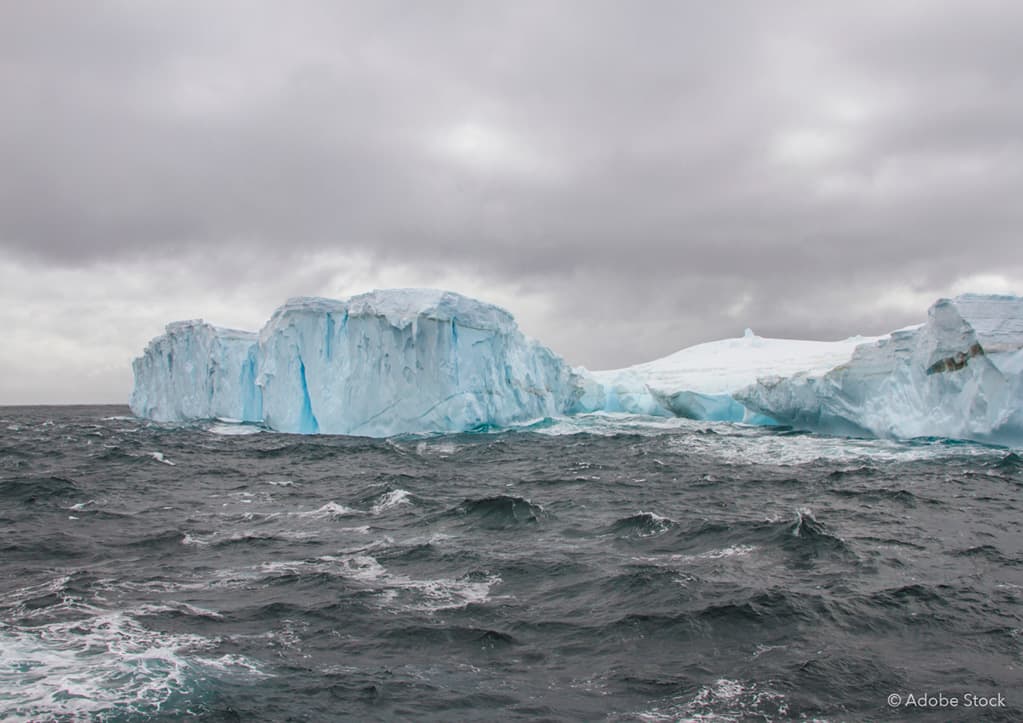
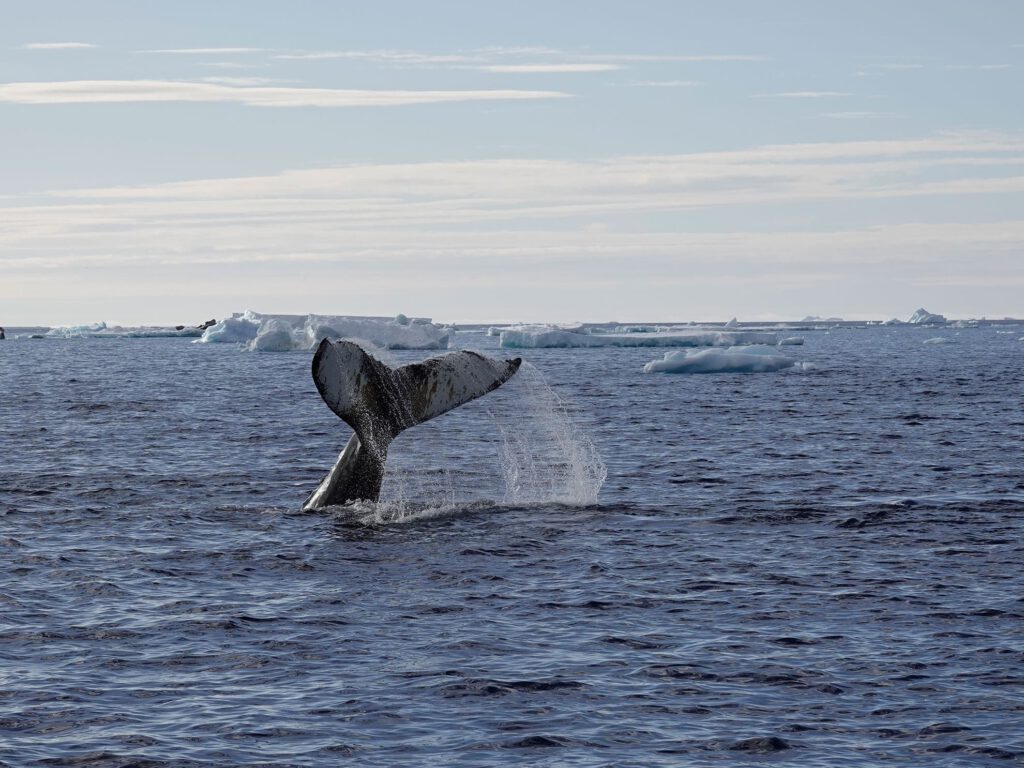
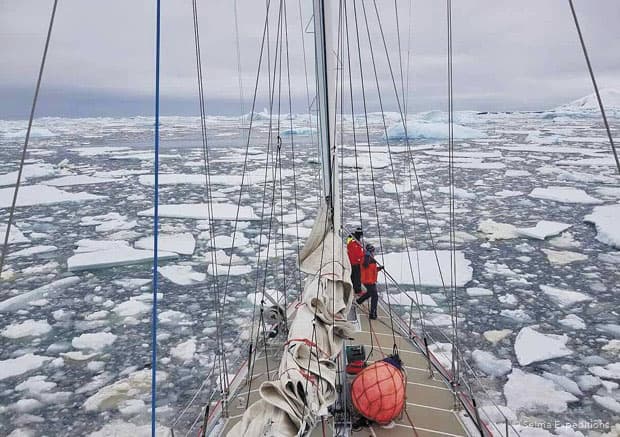
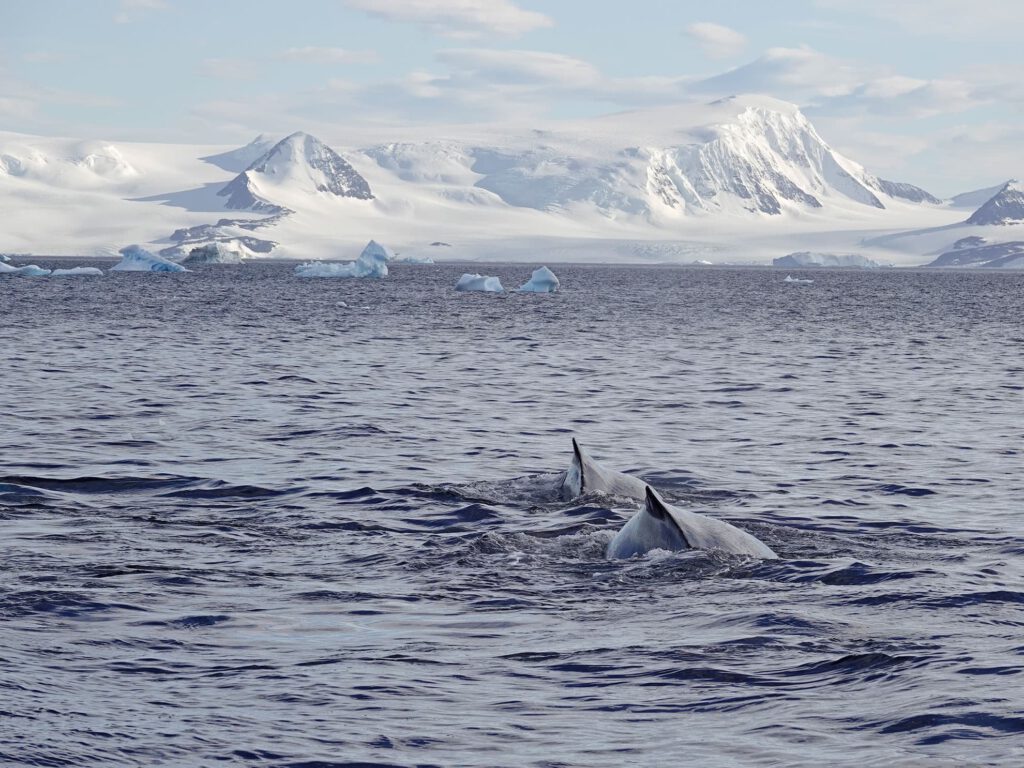
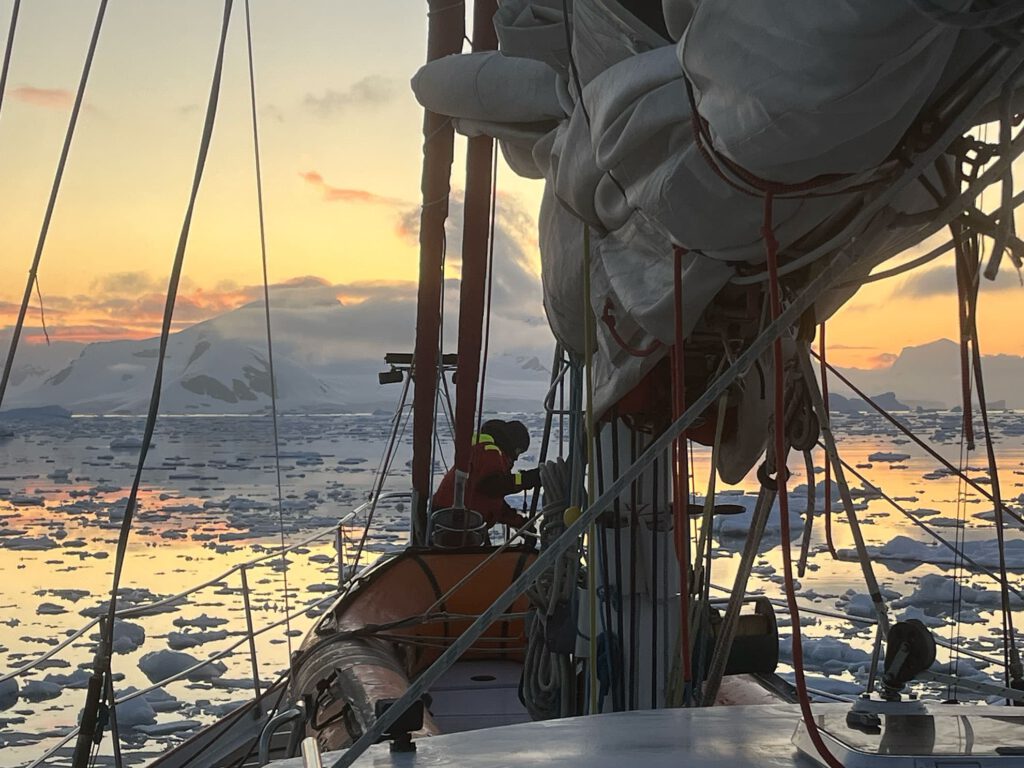
Antarctic Oasis of South Georgia
High, rugged mountains and breathtaking coastal fjords make the journey off the coast of South Georgia an unforgettable spectacle. Lush grass meets shining glaciers, alpine peaks meet deep fjords.
After clearing in at Grytviken, we take around 20 days to discover the inaccessible coasts and bays of the more sheltered north-east coast of South Georgia, the spectacular glaciers and the unique biodiversity of this sub-Antarctic island. We experience the lively life in the huge colonies of seals, elephant seals and penguins – one of the most important colonies of king penguins populates St Andrews Bay. Fur seals and elephant seals are omnipresent, fighting over their territories and fighting harem battles. Behind the beaches populated by countless penguins, fur seals and elephant seals, hidden in the tall tussock grass, breed petrels and the world’s largest seabird: the wandering albatross.
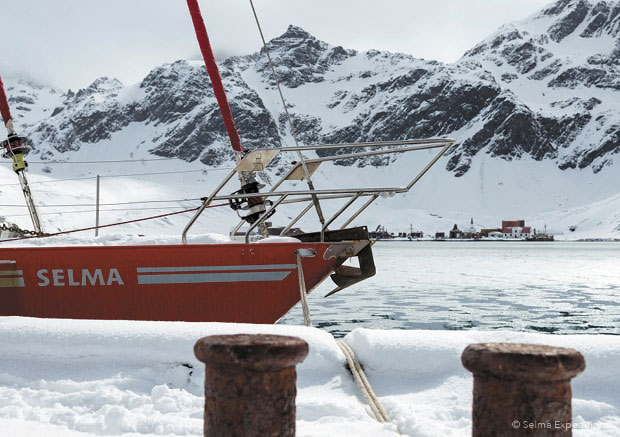
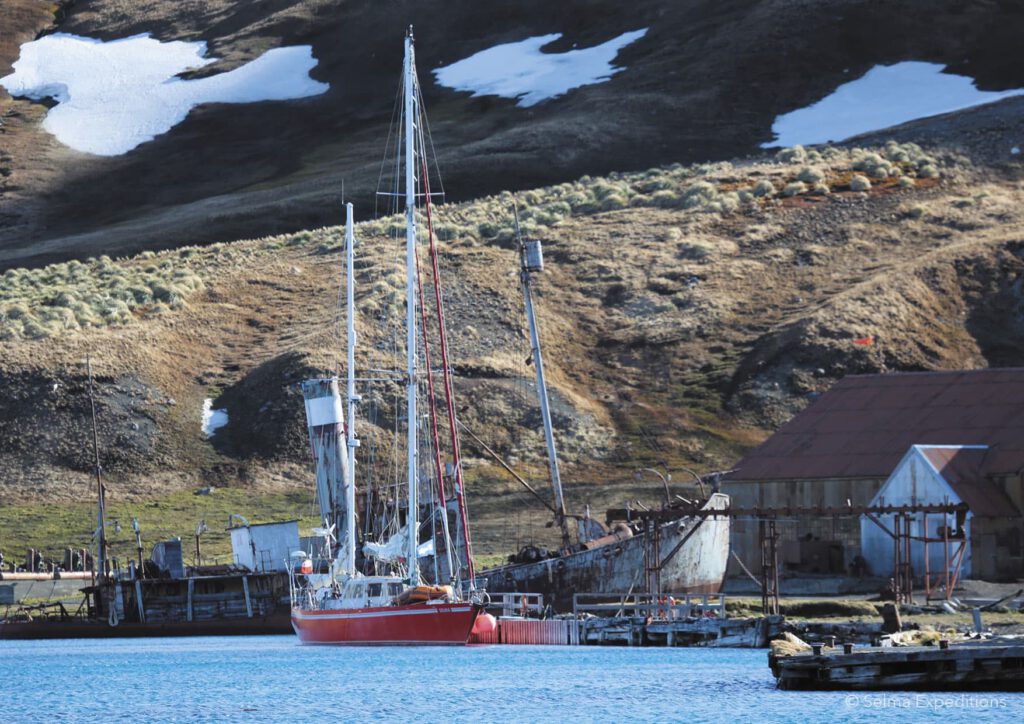
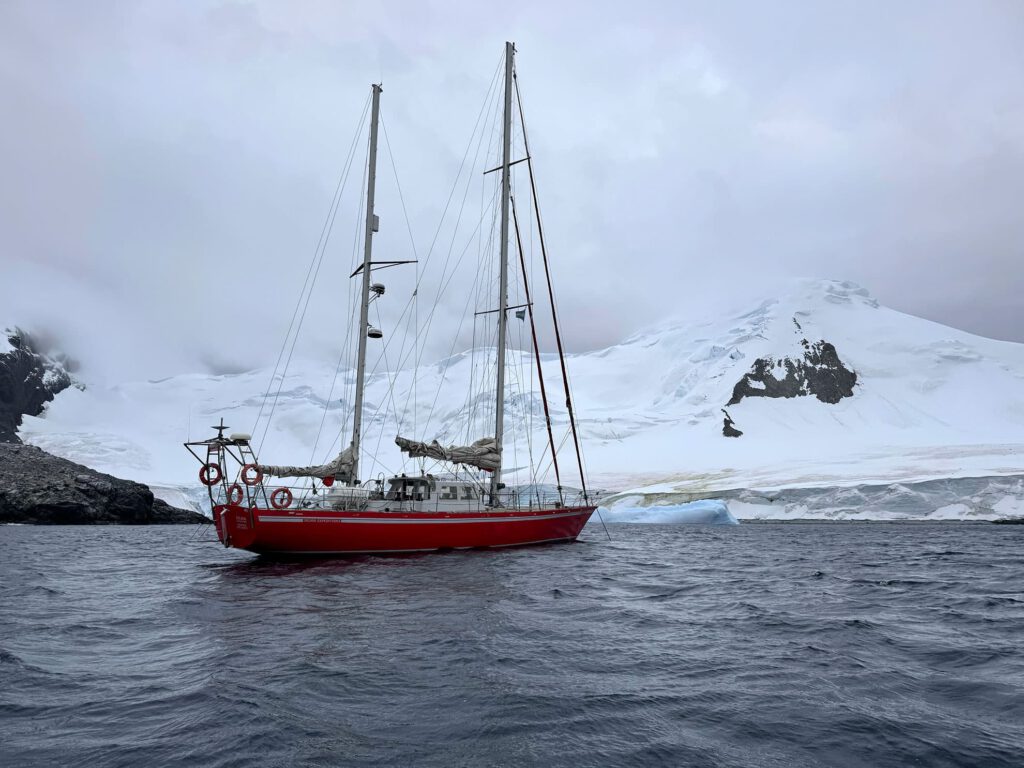
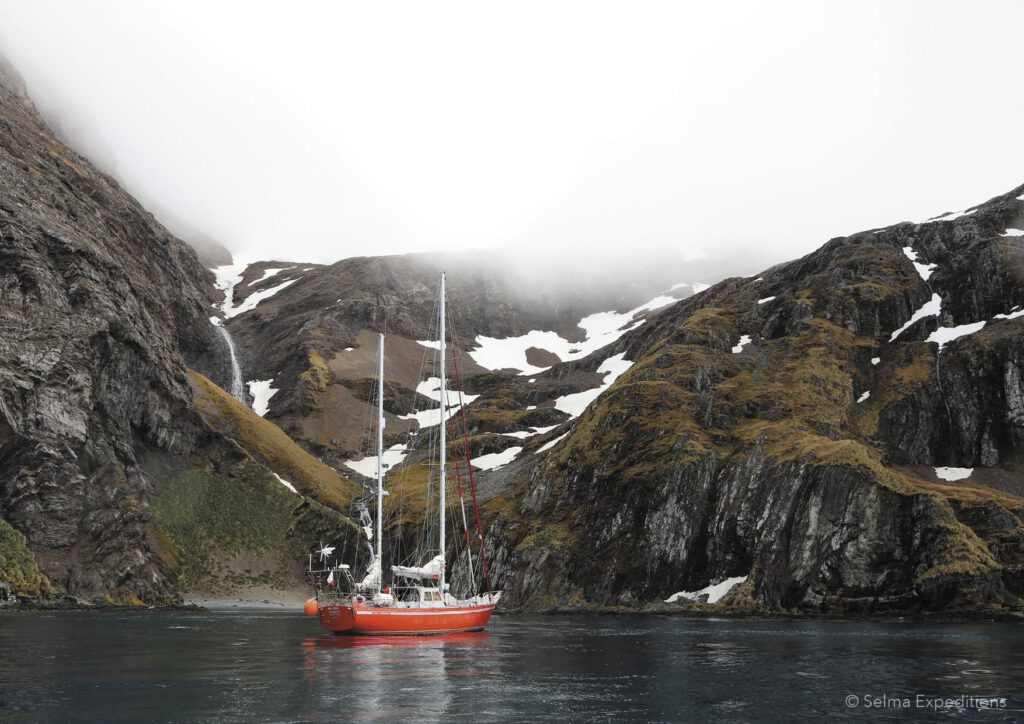
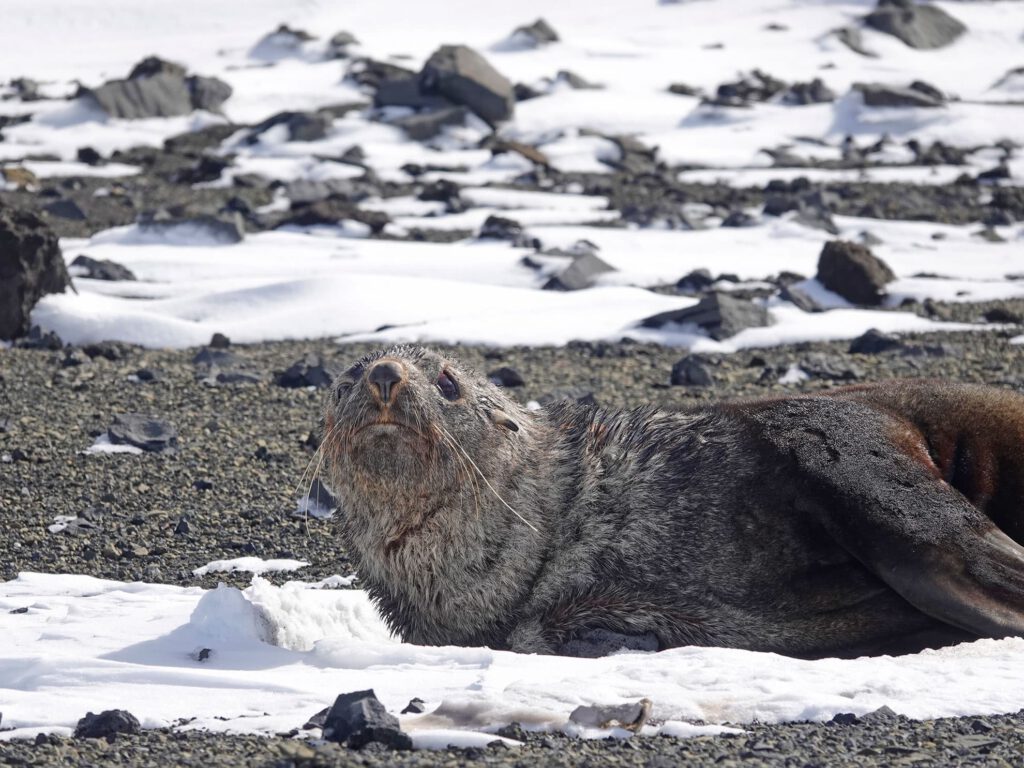
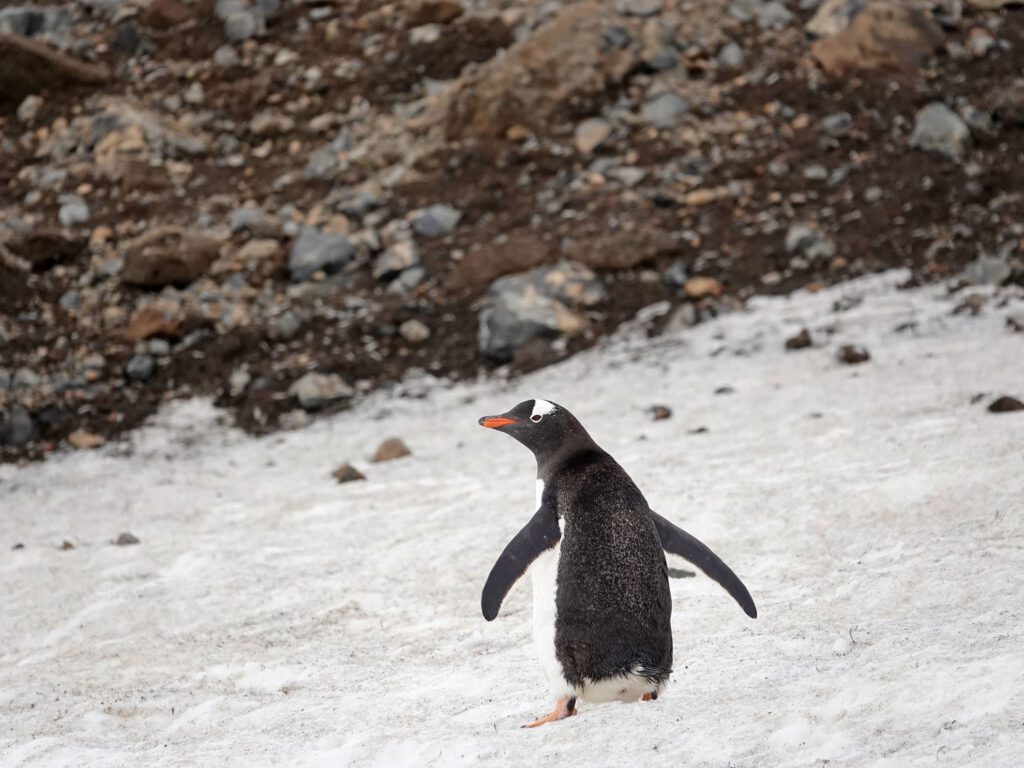
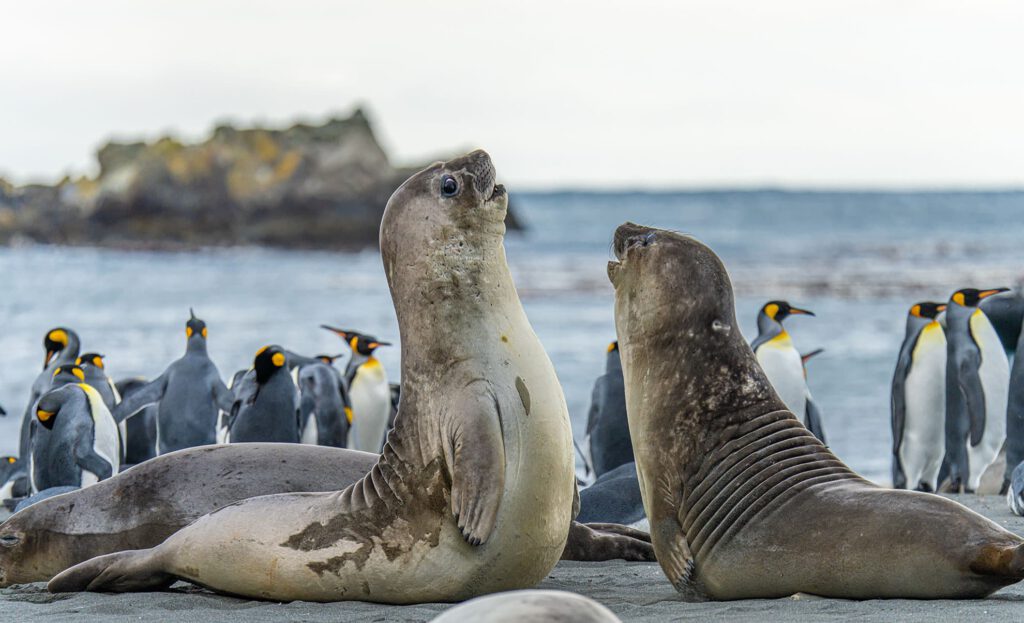
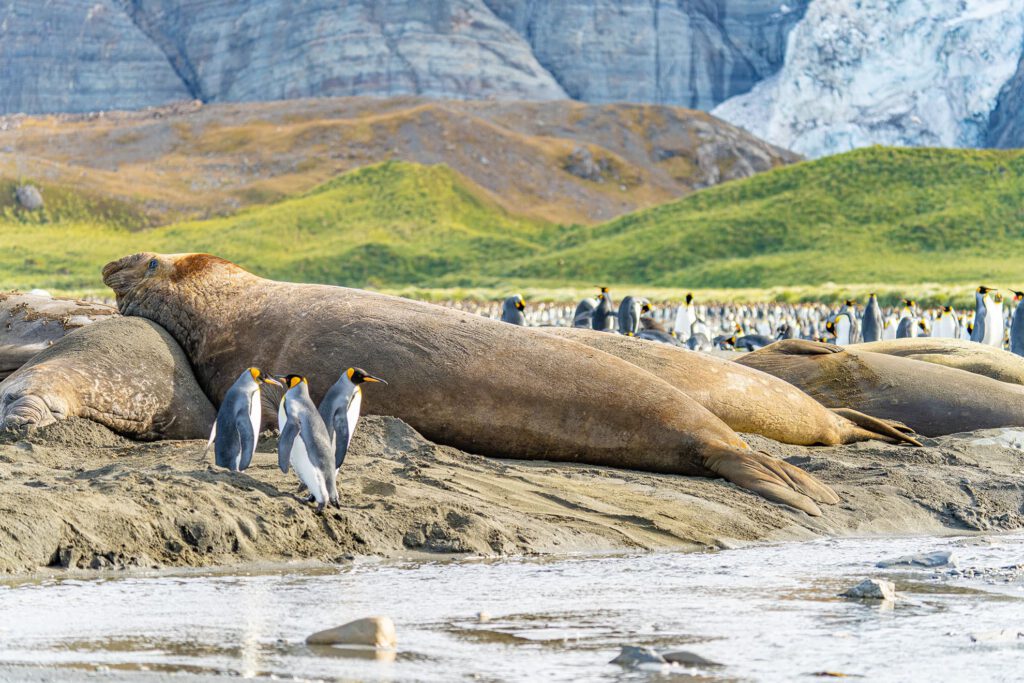
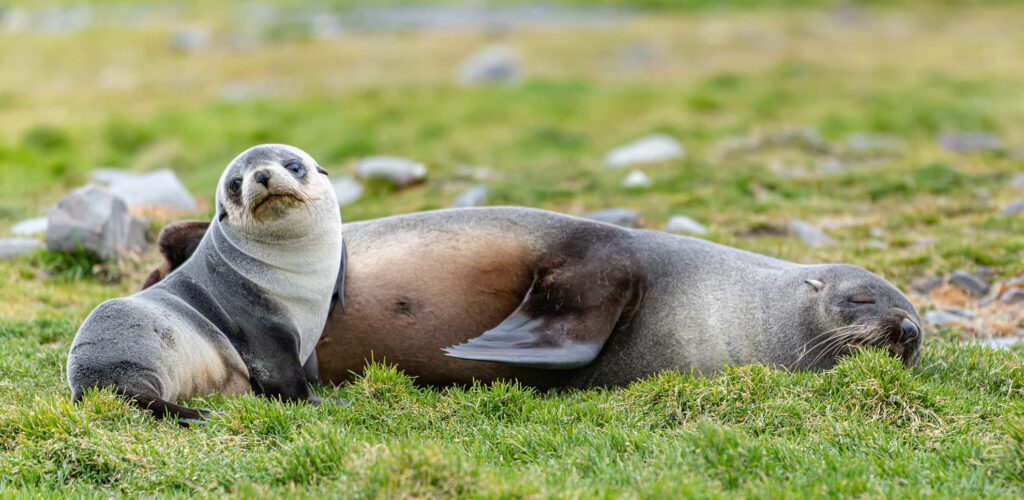
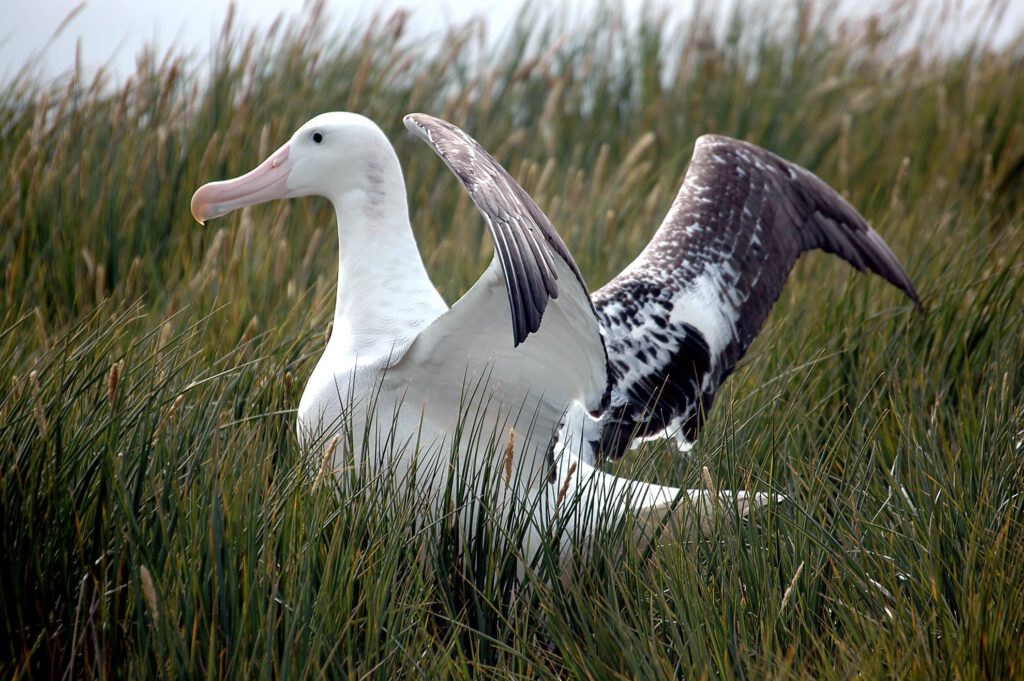

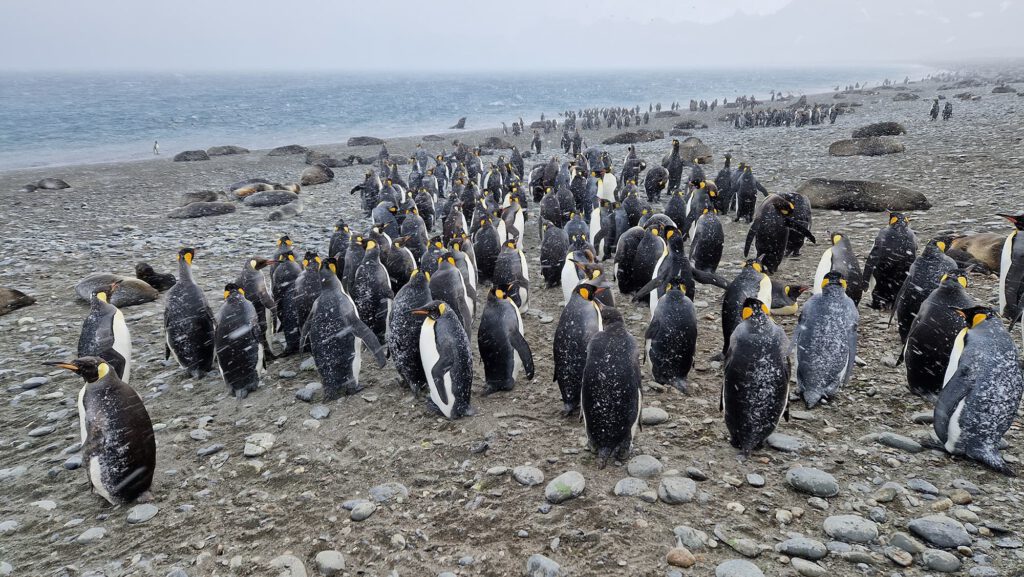
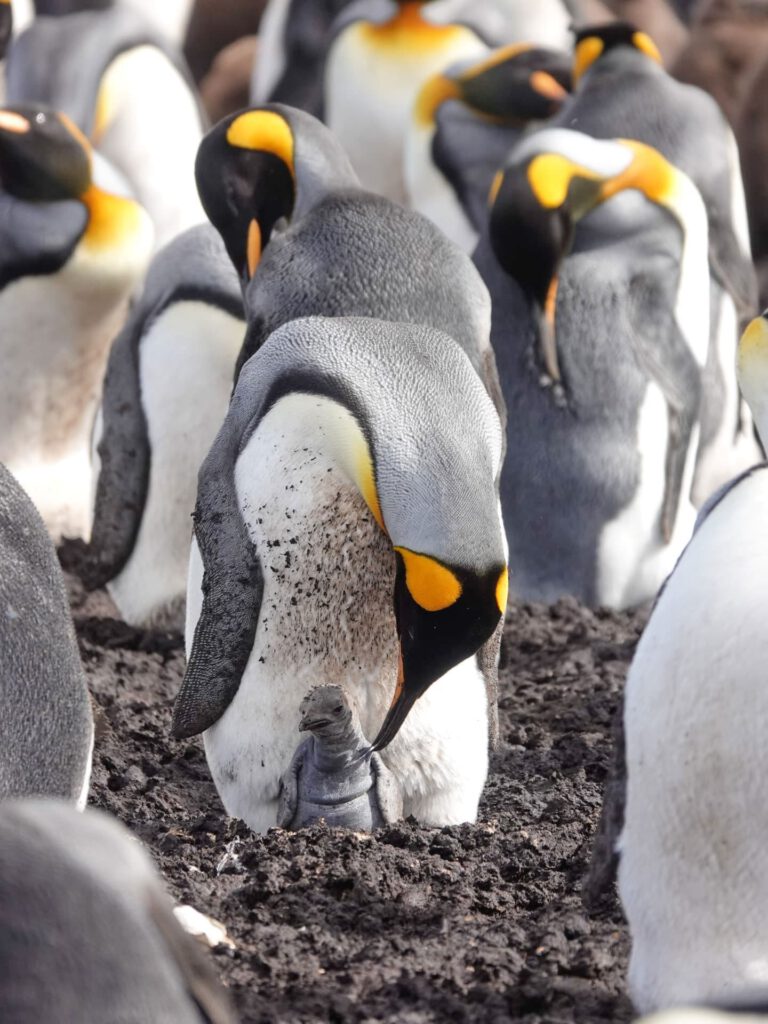
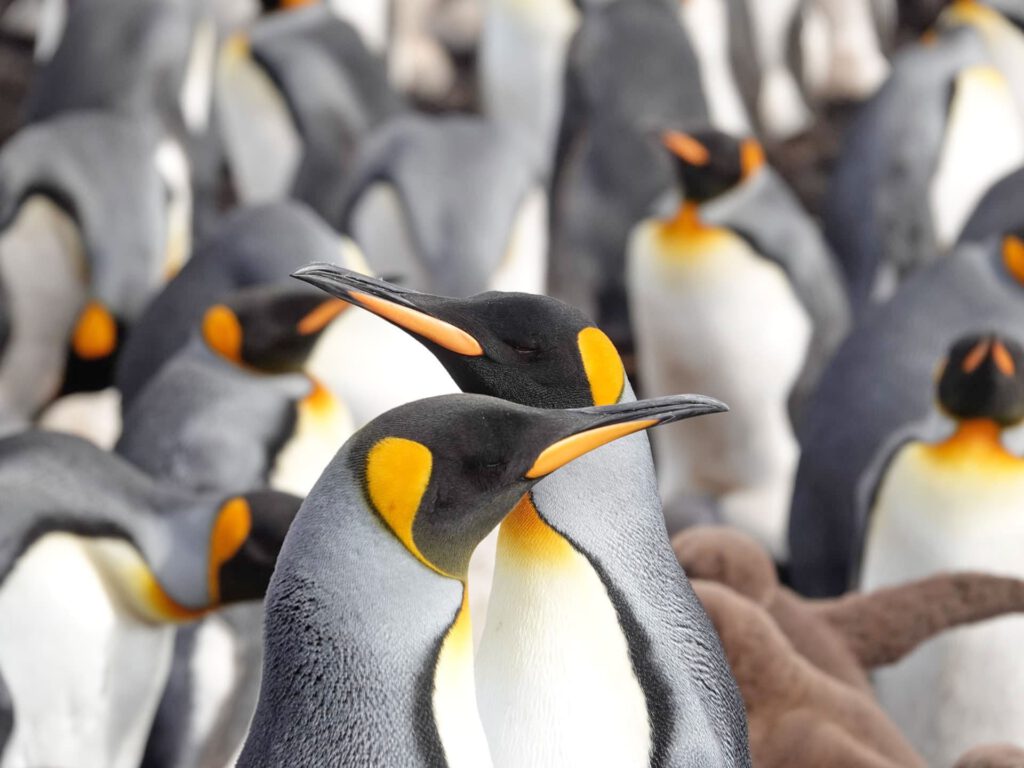
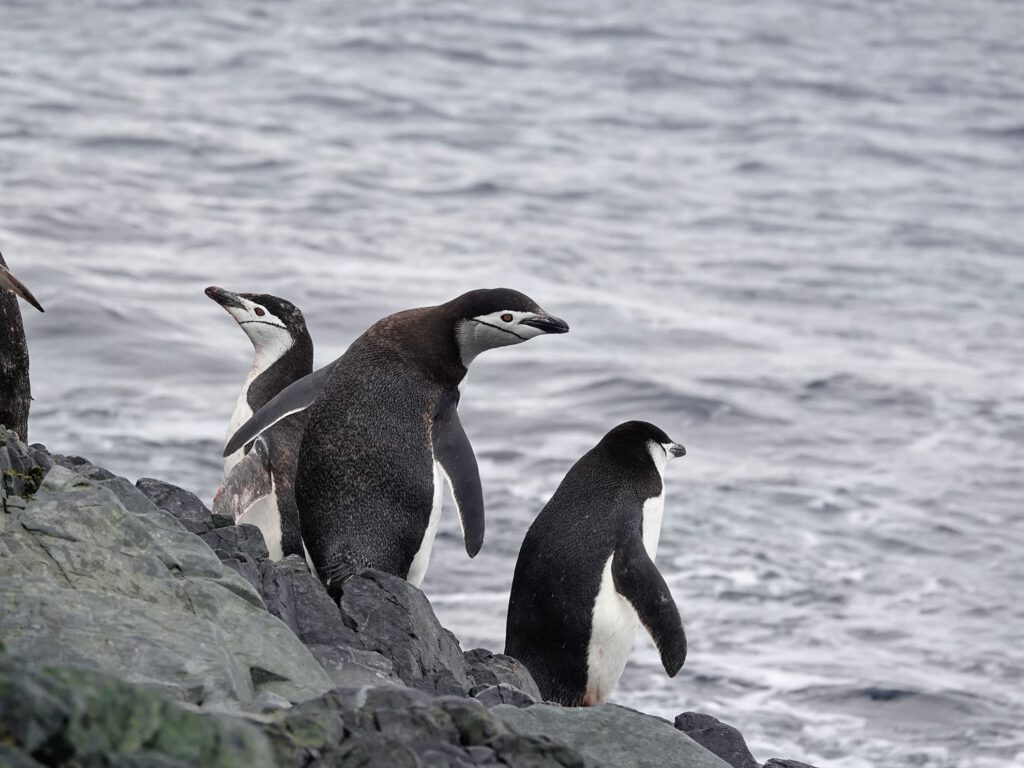
110 years ago, South Georgia became the setting for an unprecedented story.
Sir Ernest Shackleton, who had set out to be the first to cross the Antarctic, was finally rescued at the end of a long odyssey at a whaling station in Stromness. He had left most of his men behind on Elephant Island, where they had rescued themselves after losing their ship – the Endurance – in the pack ice and being stuck there for more than a year. With a small crew in an open lifeboat, he travelled 800 nautical miles on the stormy South Atlantic and eventually had to cross the island and the glaciated central mountain range to reach help. This incredible march by him and two of his companions – an unimaginable feat and the first ever documented crossing of South Georgia – was the key to the ultimately happy ending of his Endurance expedition. With his unimaginable perseverance, his leadership and thanks to the support of such great personalities as Worsley, Wild, Crean and Co, Shackleton had saved the lives of his entire crew. It is no coincidence that Sir Ernest Shackleton’s story is one of the great adventures of the age of polar exploration.
Crossing the island on Shackleton’s historic route over the central mountains is the aim of our second project, the 2026 ski and sailing expedition.
Nevertheless, we also want to follow in his footsteps and those of the old whaling stations on this expedition. In good conditions, we will hike the last part of the Shackleton Traverse, the so-called Little Traverse or Shackleton Walk, from Fortuna Bay to Stromness, before we can pay our last respects to the ‘Boss’, as Shackleton was affectionately and respectfully called by his crew, at his grave in Grytviken. Shackleton, who died of a heart attack on board his ship Quest on the way to his fourth Antarctic expedition in 1922, was to be laid to rest in the old whaling cemetery in Grytviken at his wife’s request. At his side lies the man who was always at his side on several expeditions – including the Endurance expedition – his right-hand man Frank Wild.
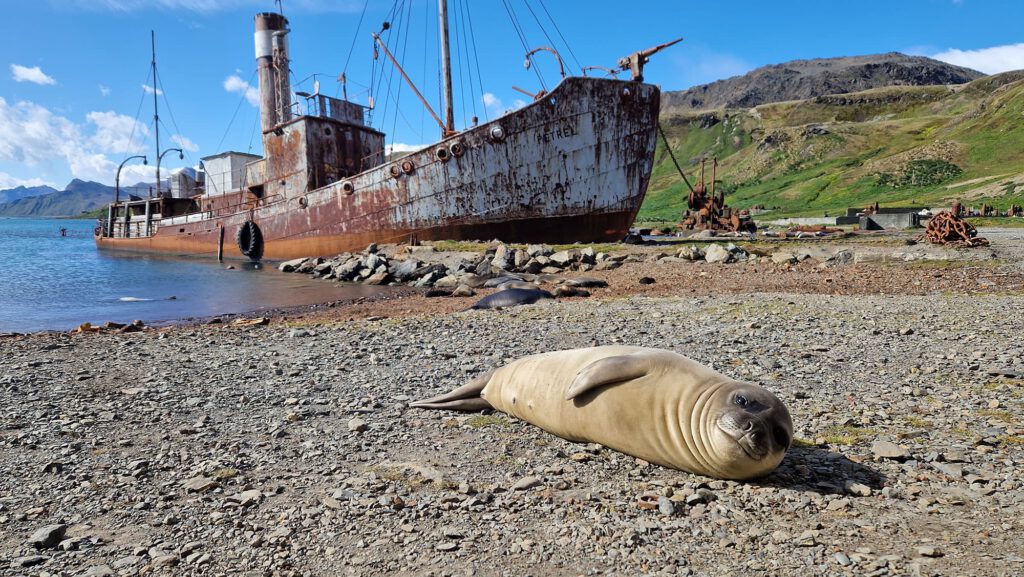
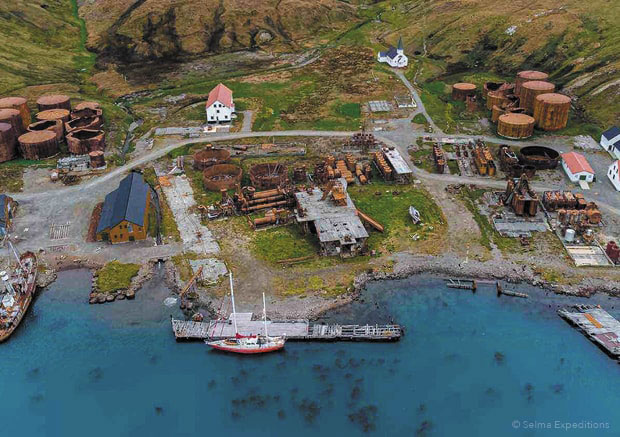
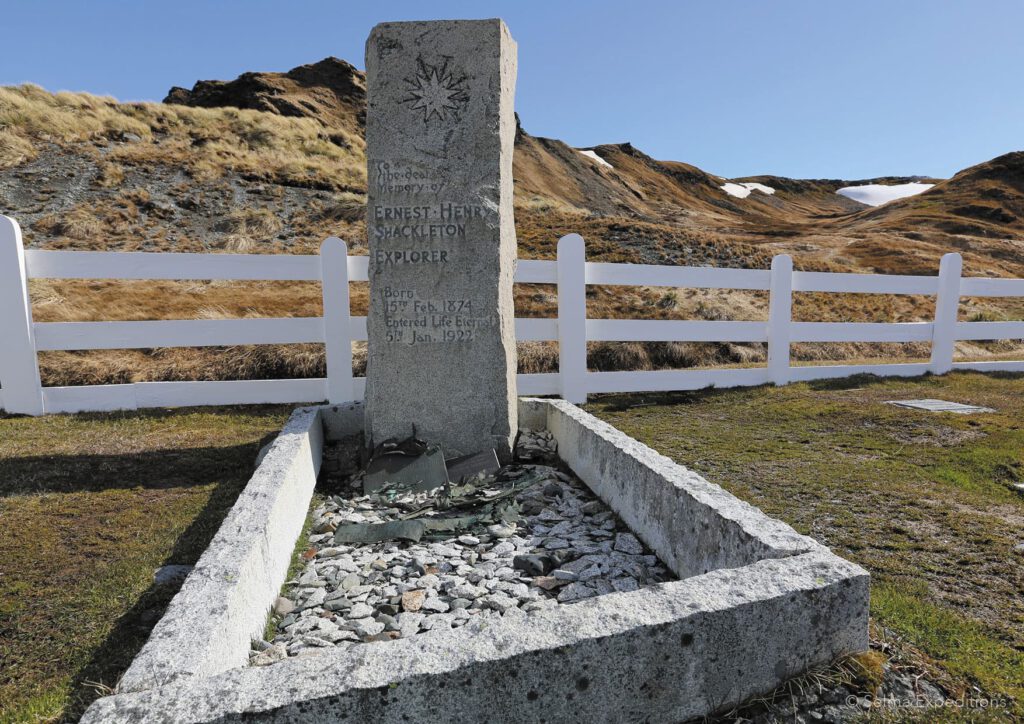
We say goodbye to one of the world’s last unspoilt nature reserves to sail to the Falkland Islands (Islas Malvinas) accompanied by petrels and albatrosses.
Sailing around the Falkland Islands
Here we have a further two weeks to explore the remote, countless islands of the archipelago and discover their fantastic coasts and rich wildlife: five species of penguin, sea lions, elephant seals, dolphins, whales, albatrosses and numerous other seabirds are at home on the mostly deserted islands.
There are more than enough fantastic destinations. The remote islands of Westfalkland on the north and west sides of the archipelago in particular offer magnificent views of deserted, unspoilt nature, dramatic landscapes and encounters with an unparalleled wealth of wildlife.
This is probably why some legendary sailing icons of the high latitudes have made their home here – far away in the rough South Atlantic. Perhaps we can even drop anchor with Jerome Poncet or Thies Matzen and Kicki Ericson to listen to their experiences on the world’s oceans and adventures in the Antarctic and South Georgia.
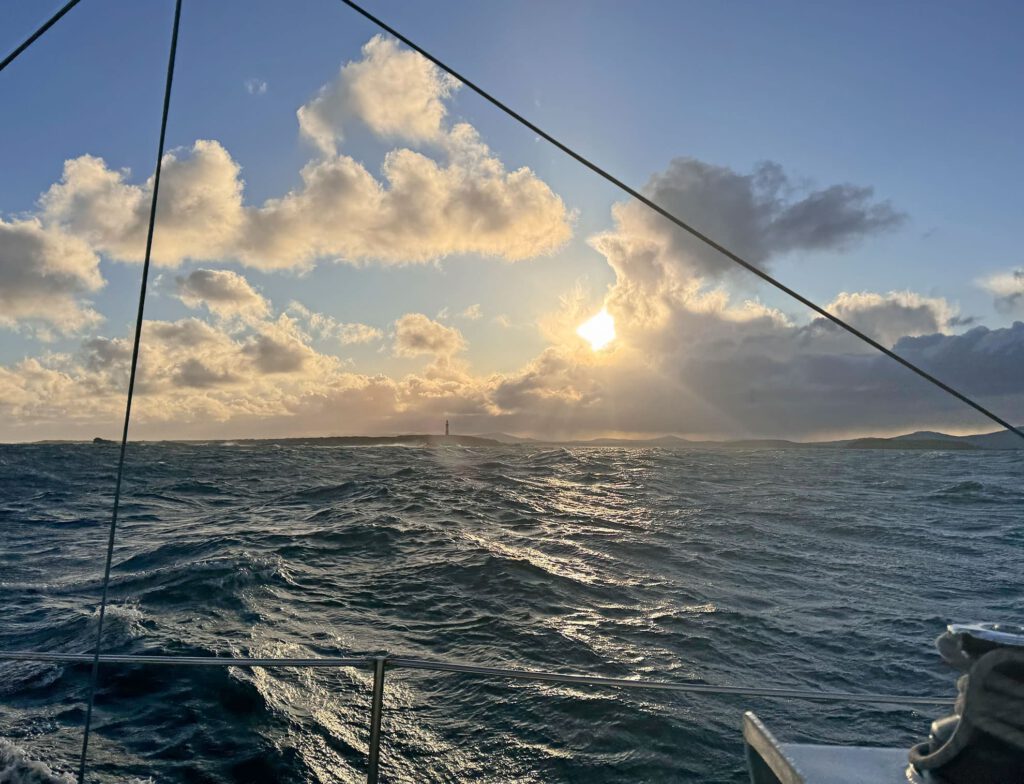
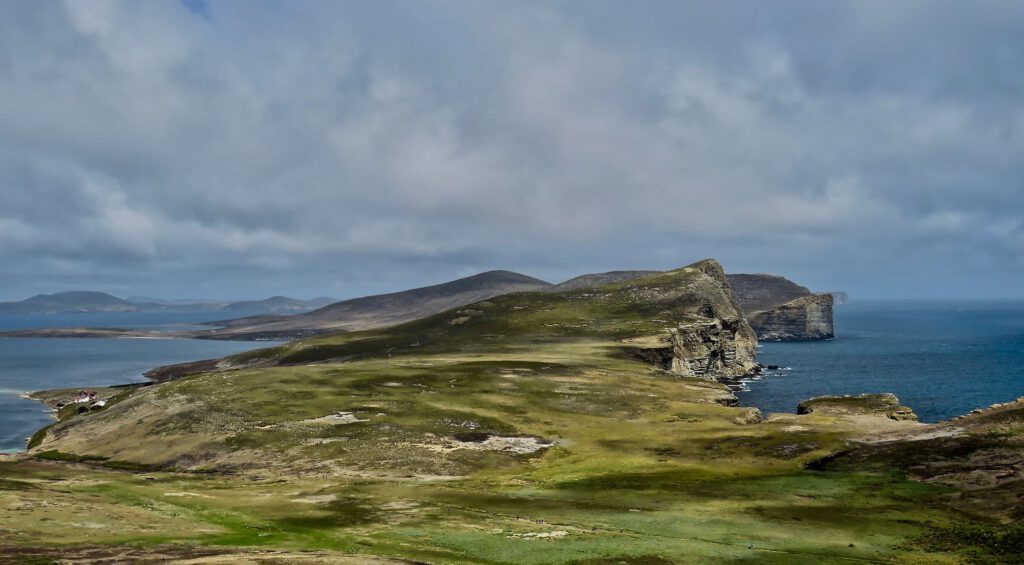
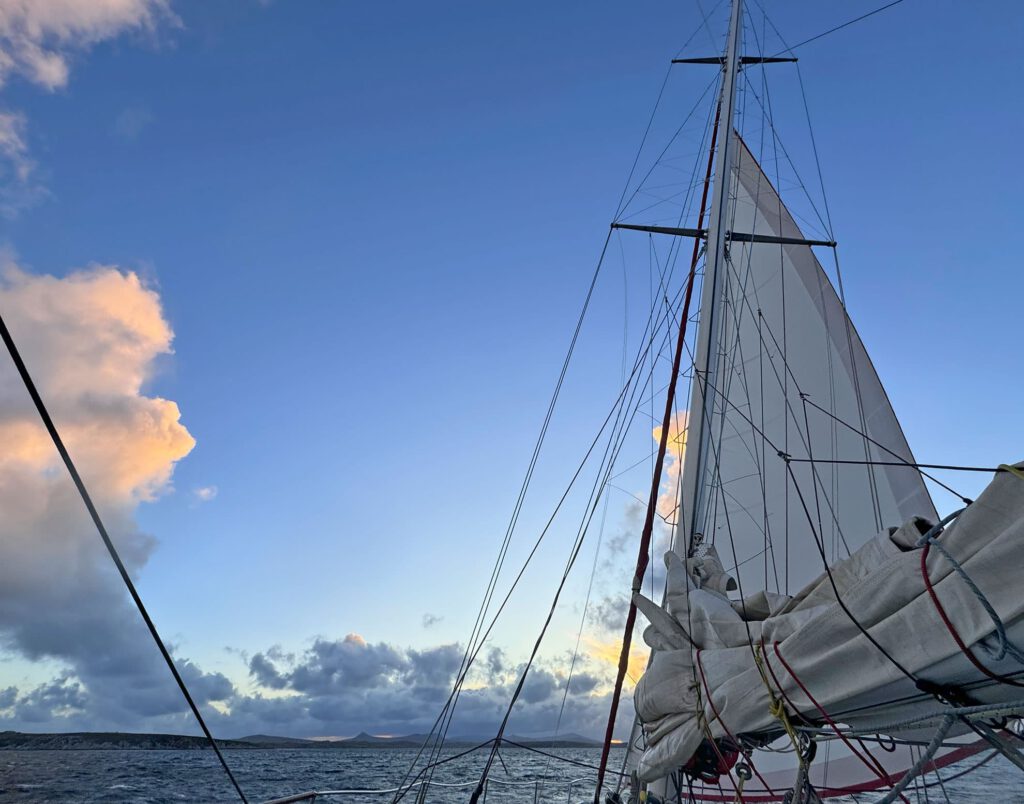
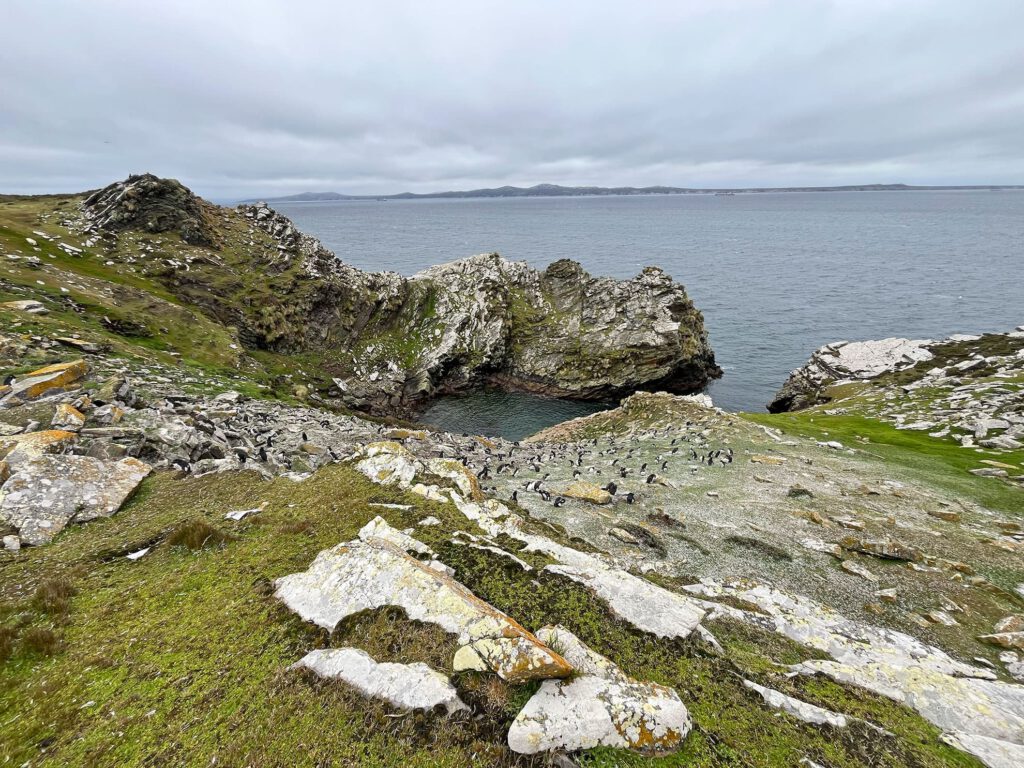
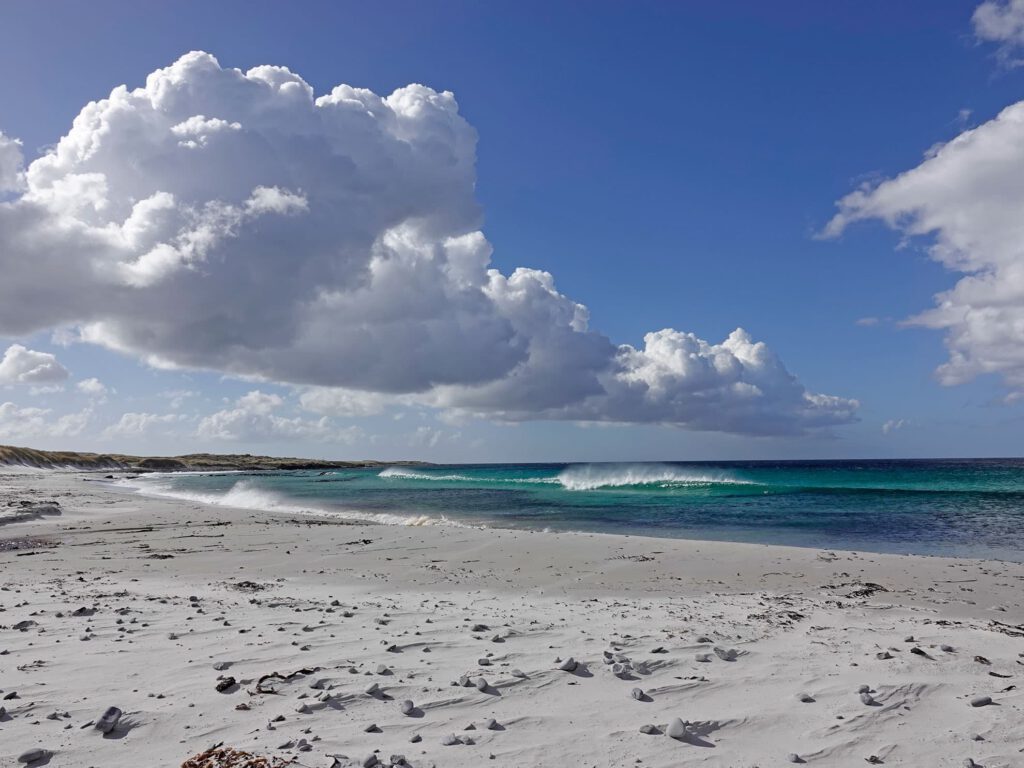

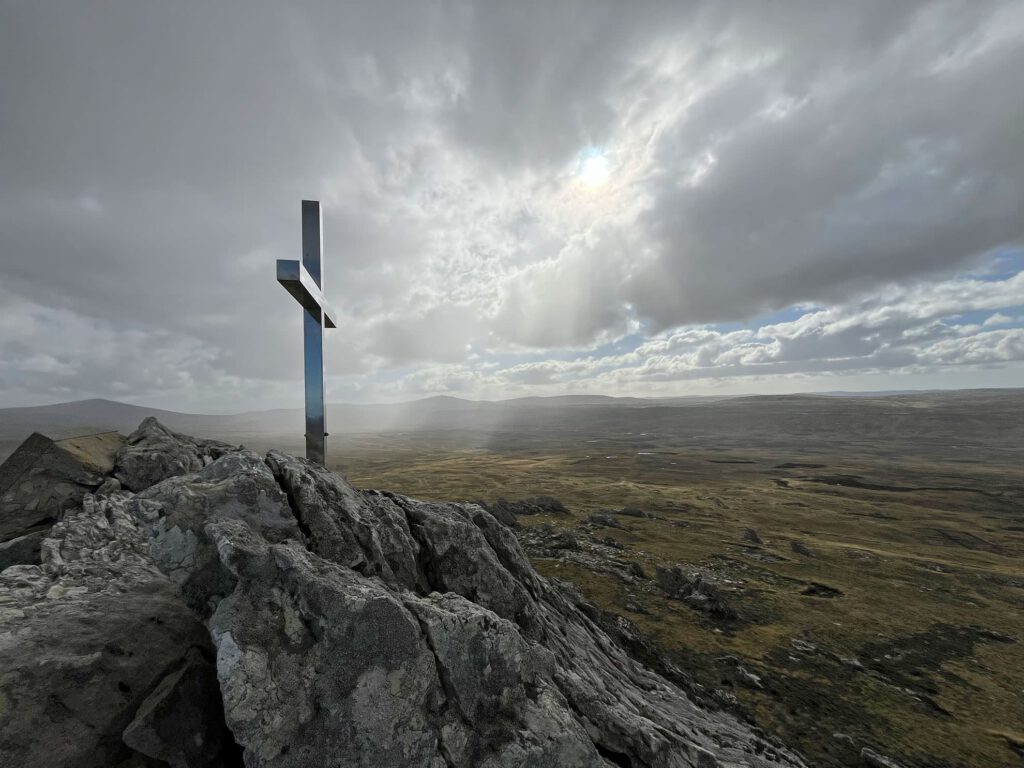

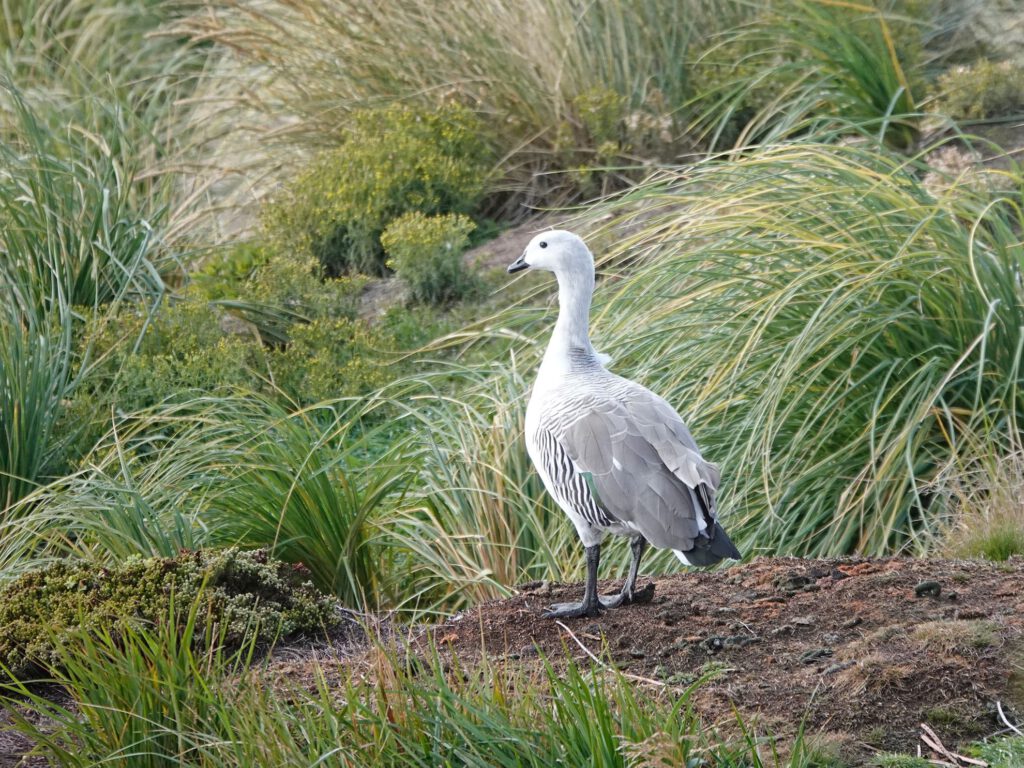
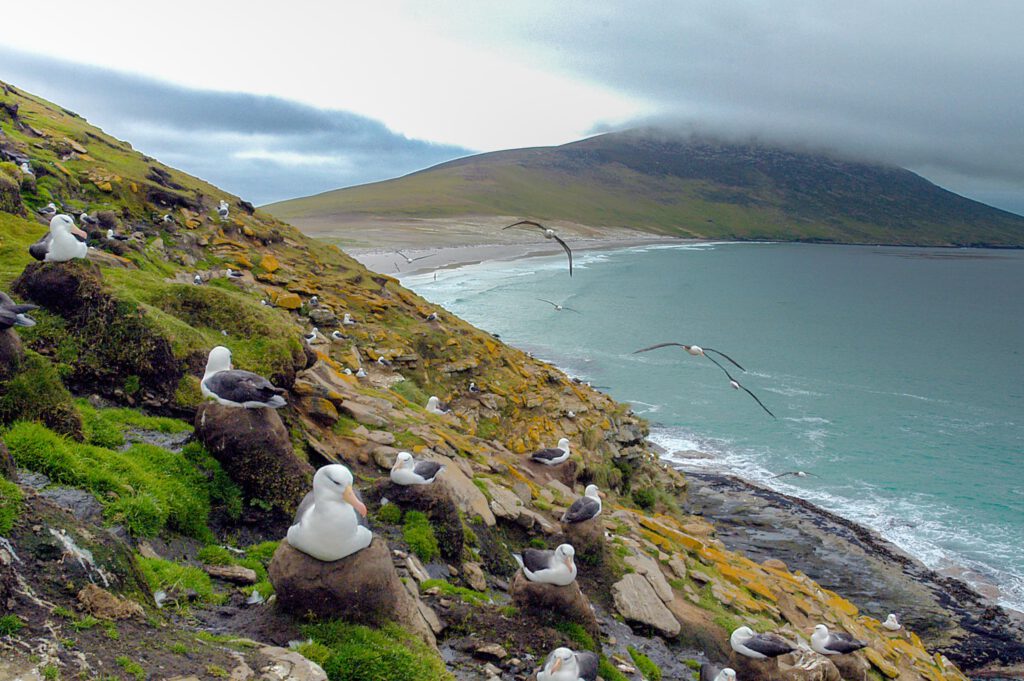
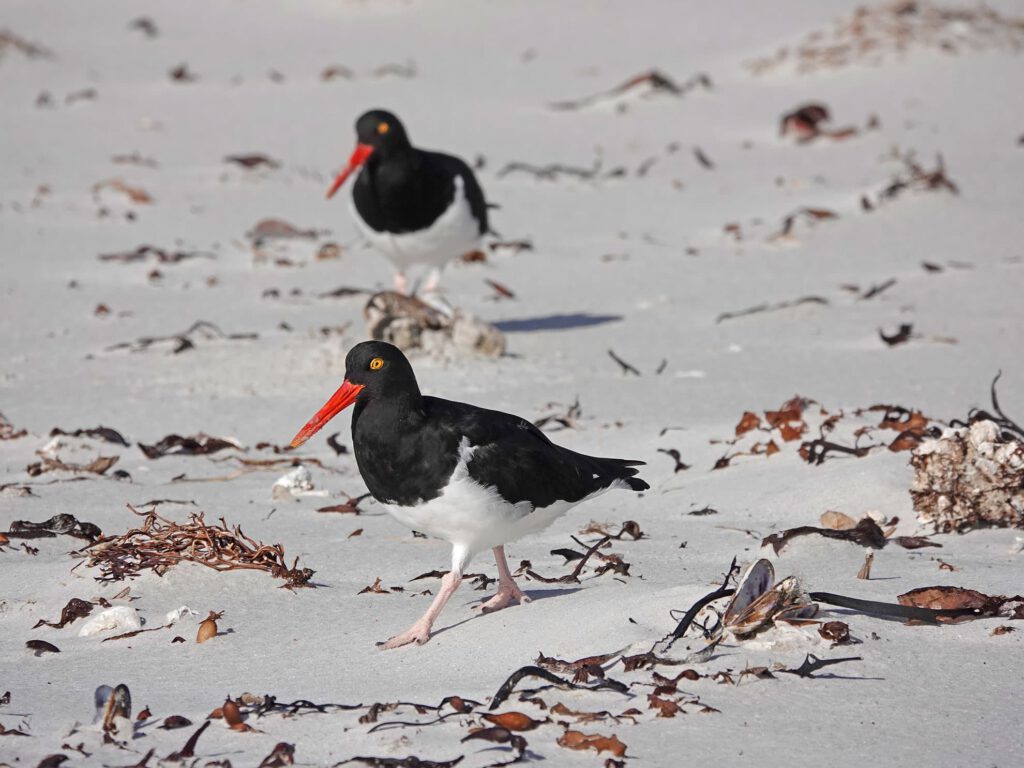
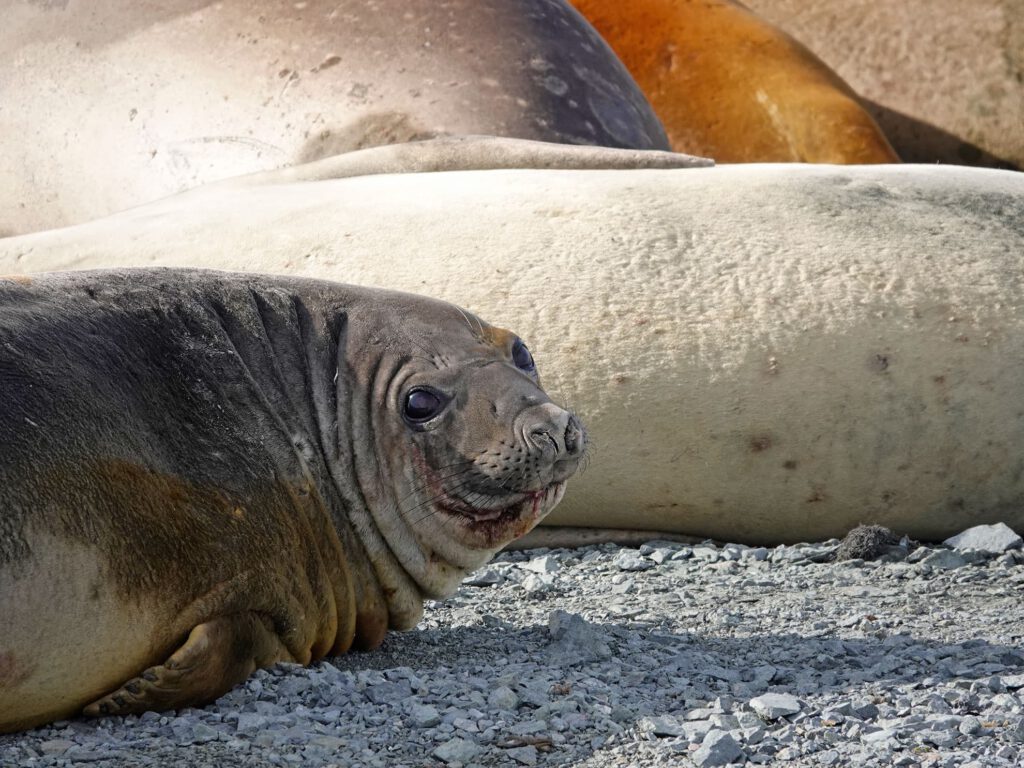
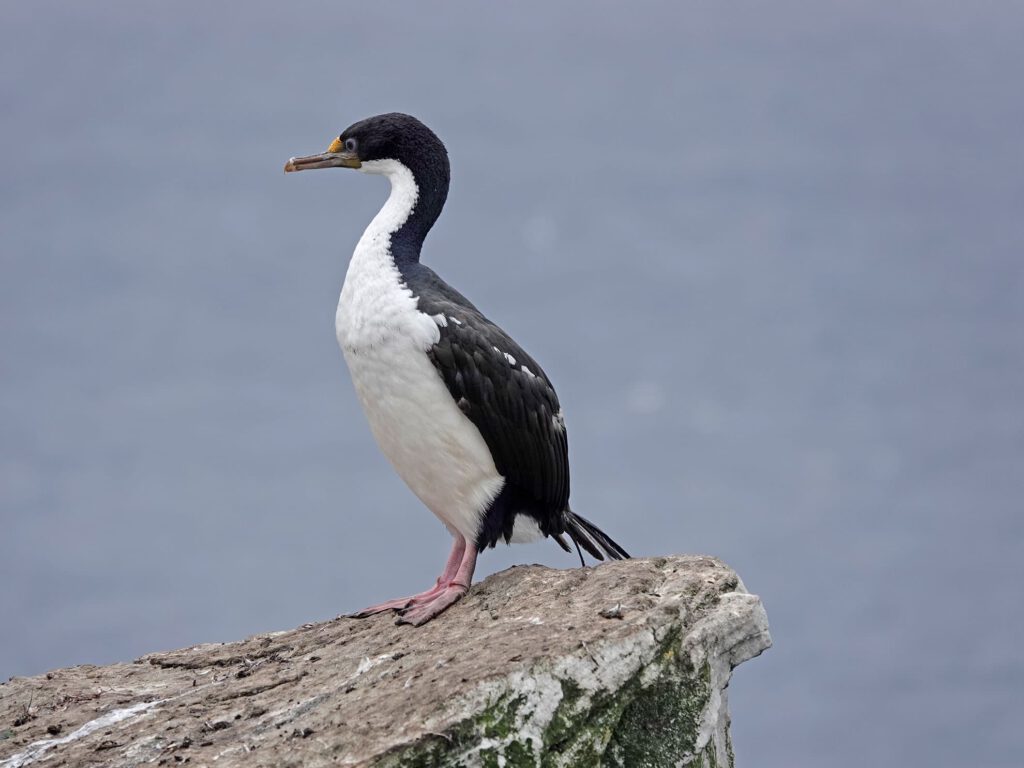
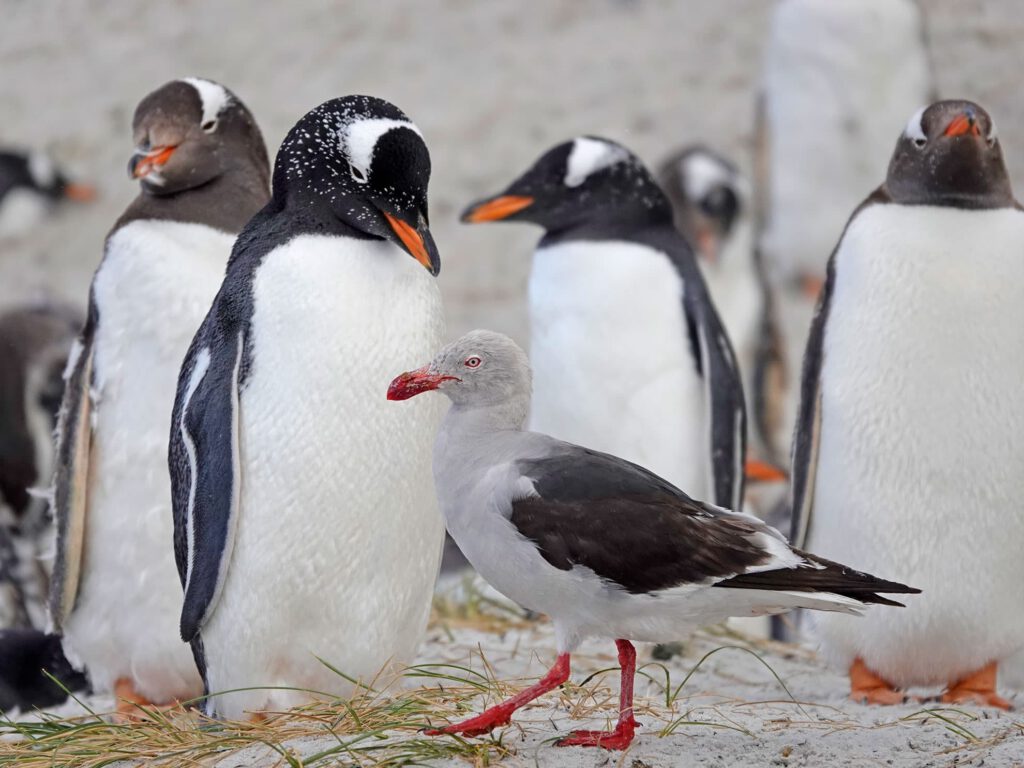
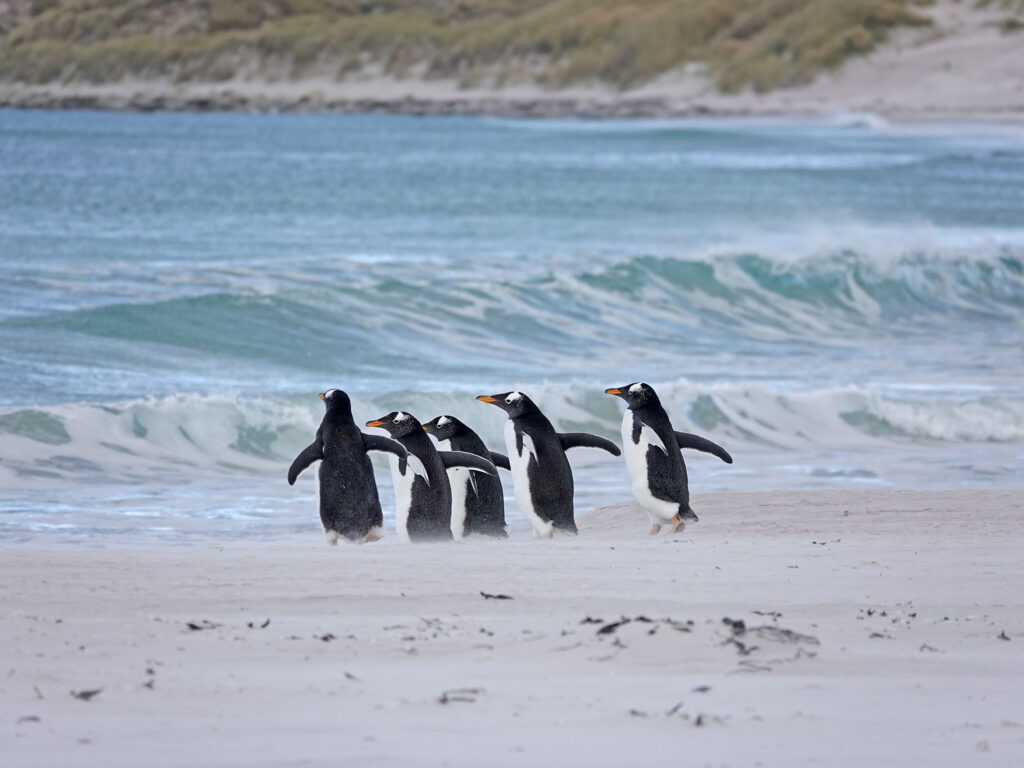
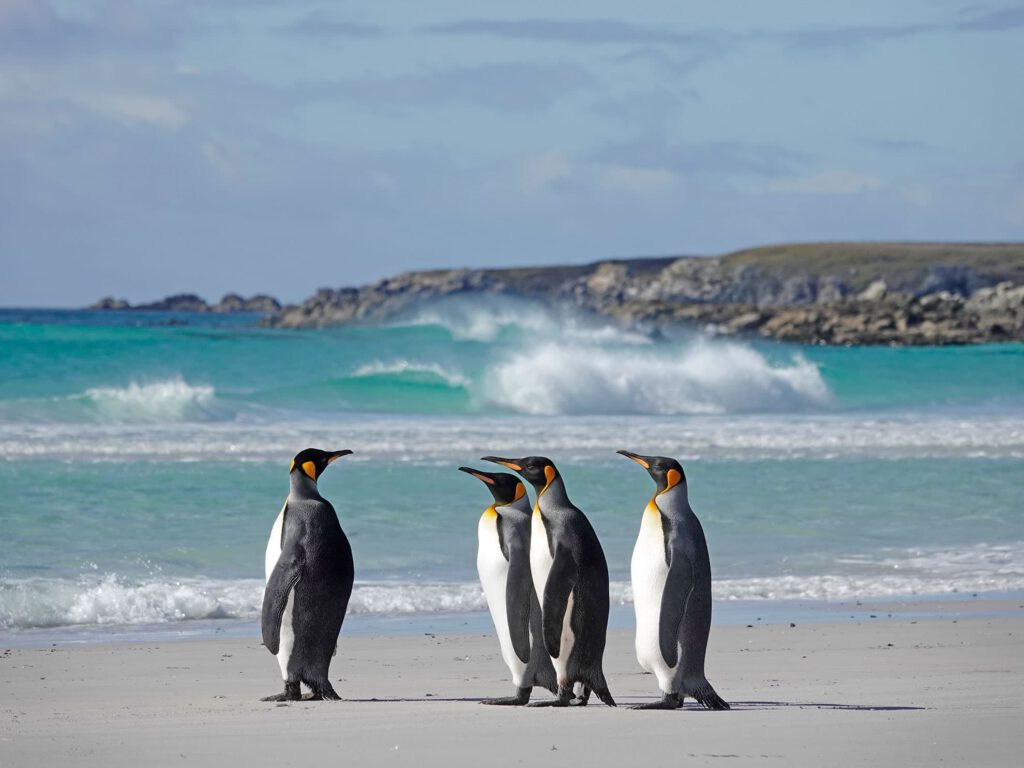
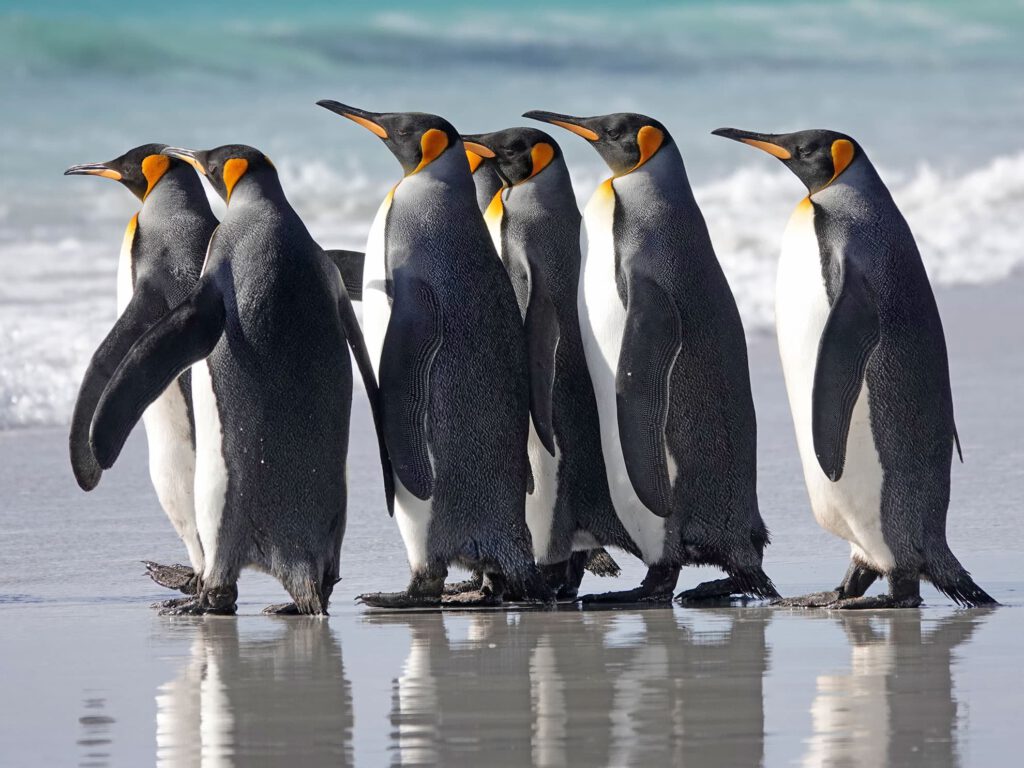
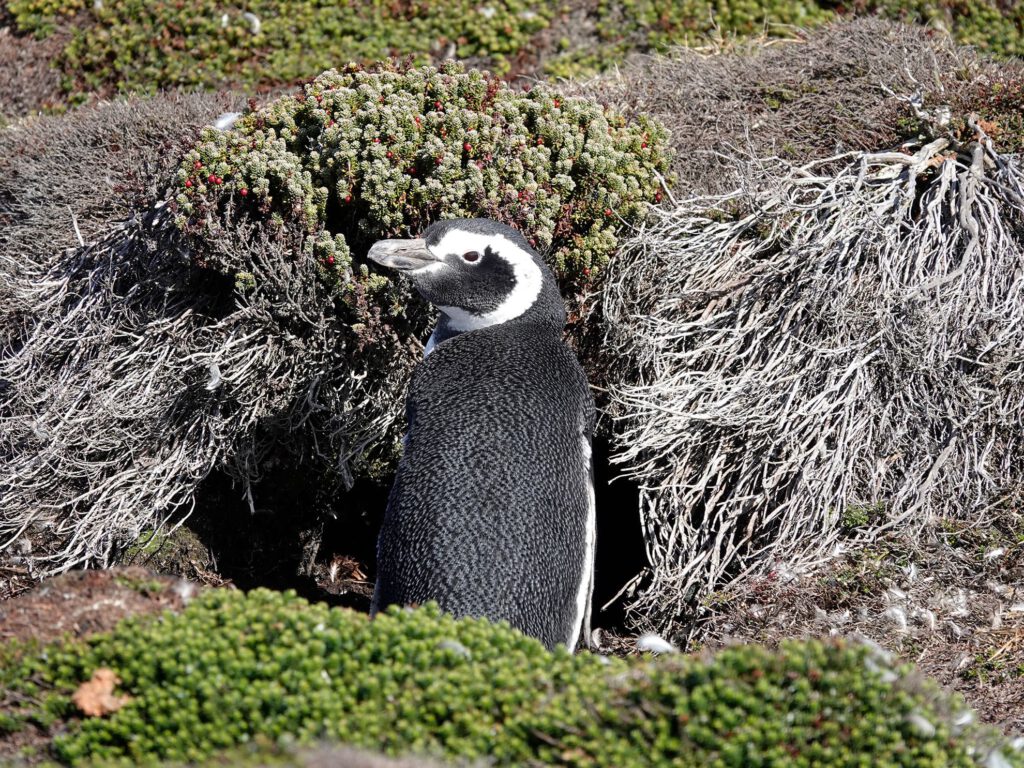
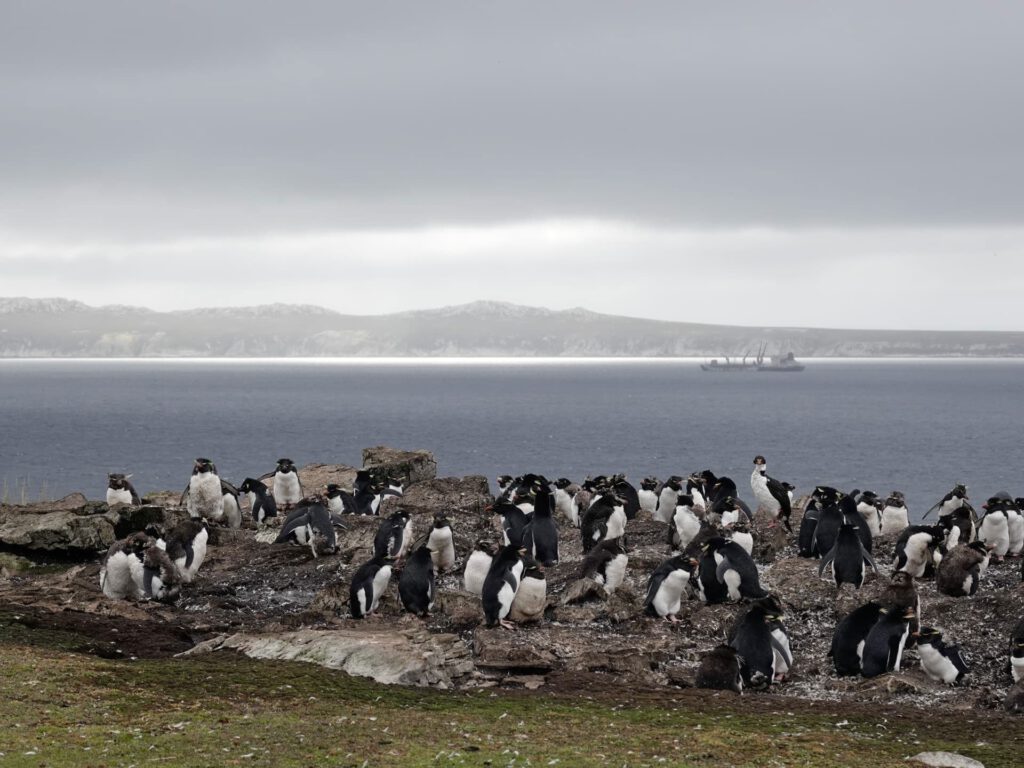
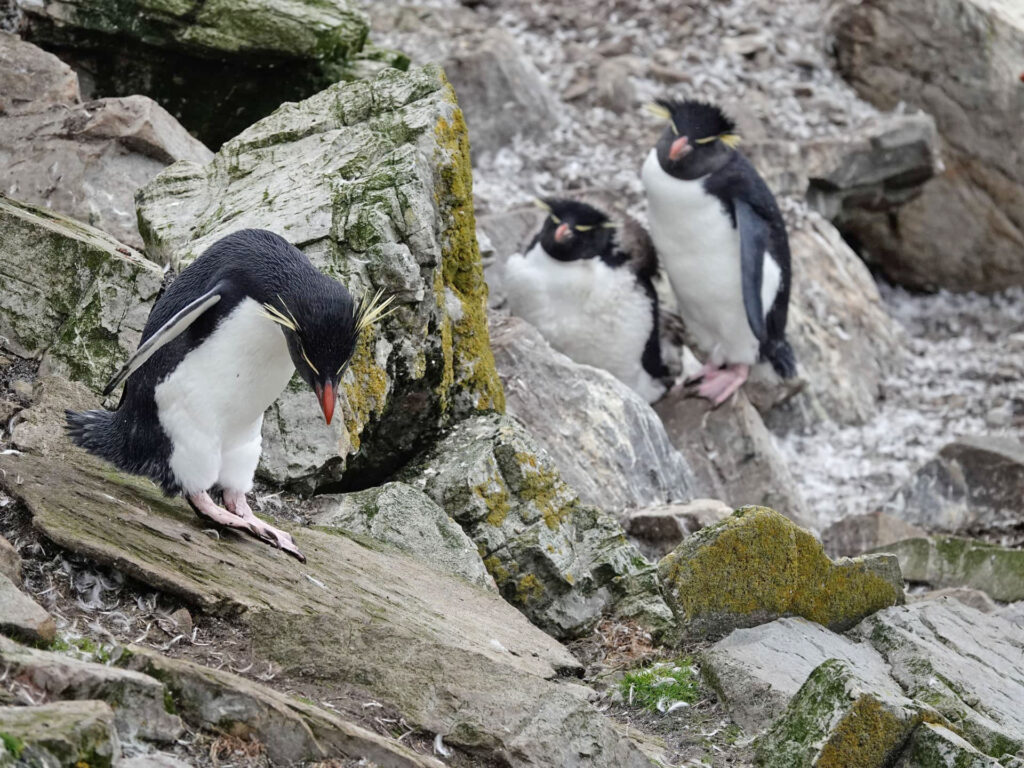
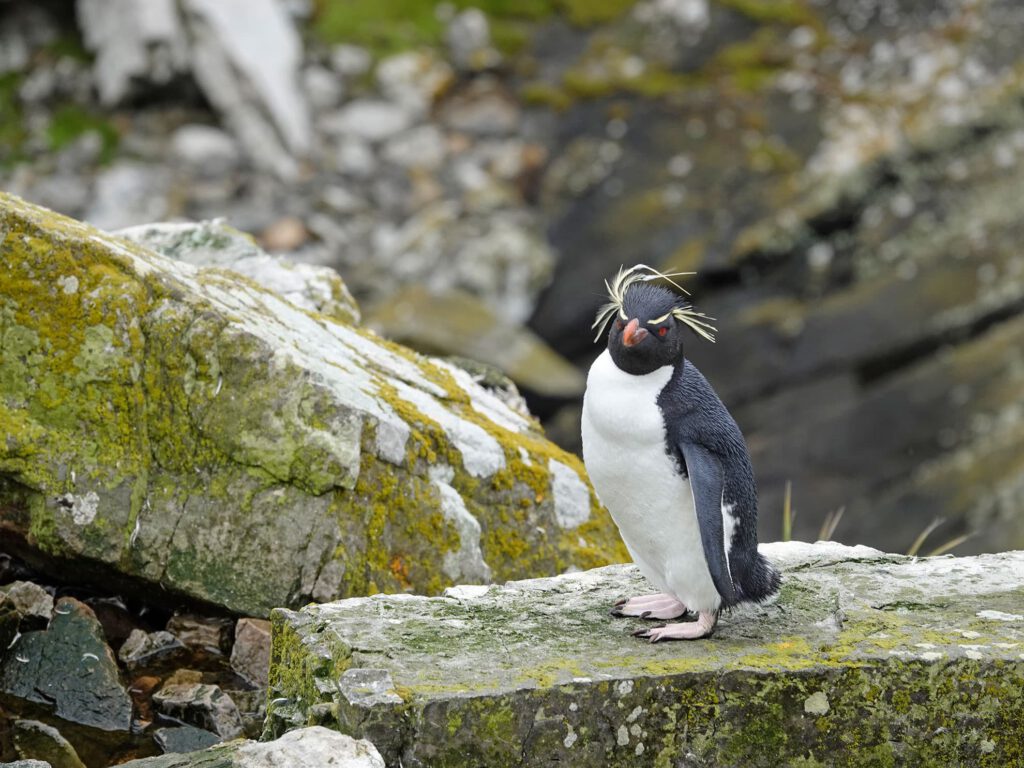
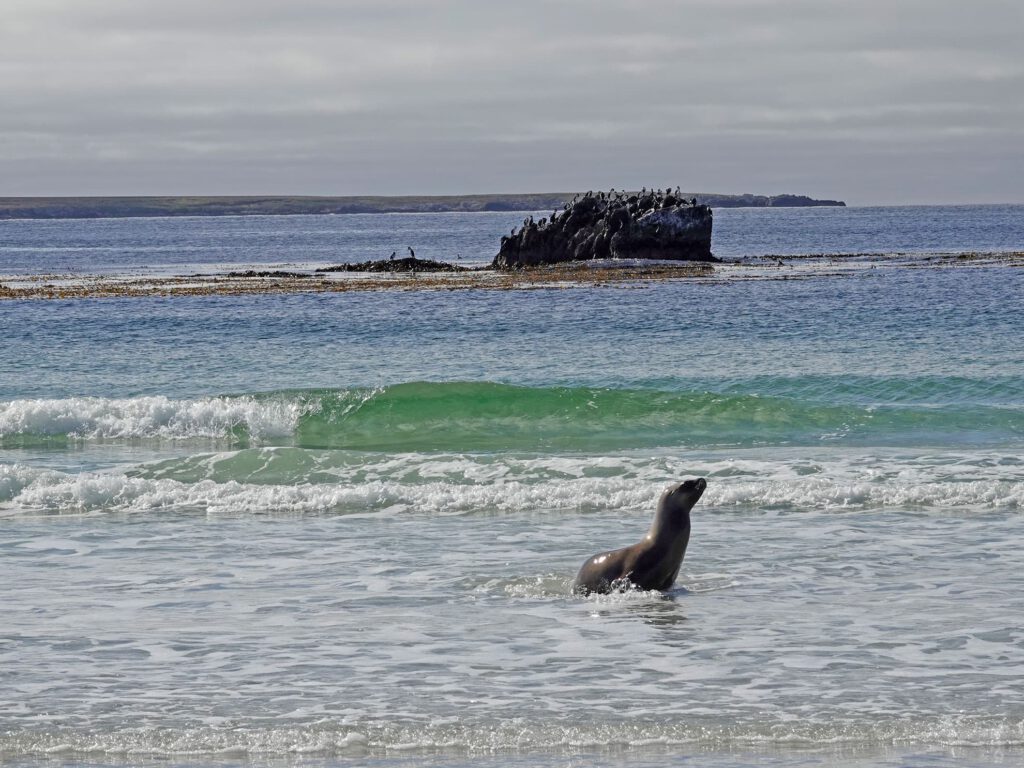
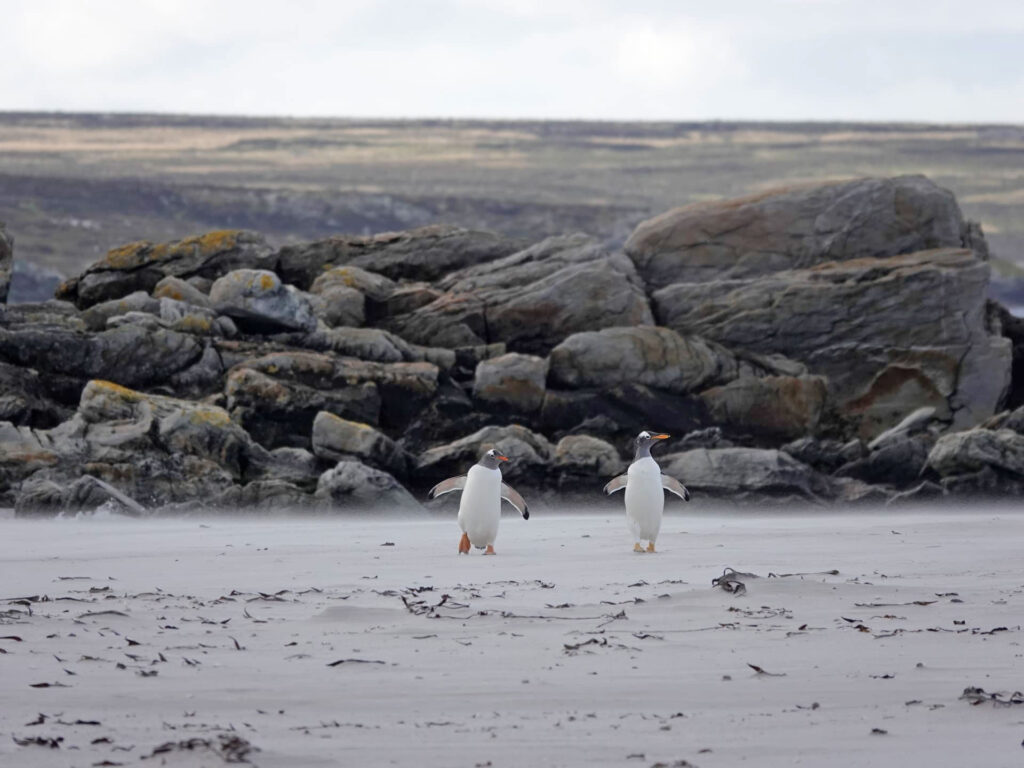
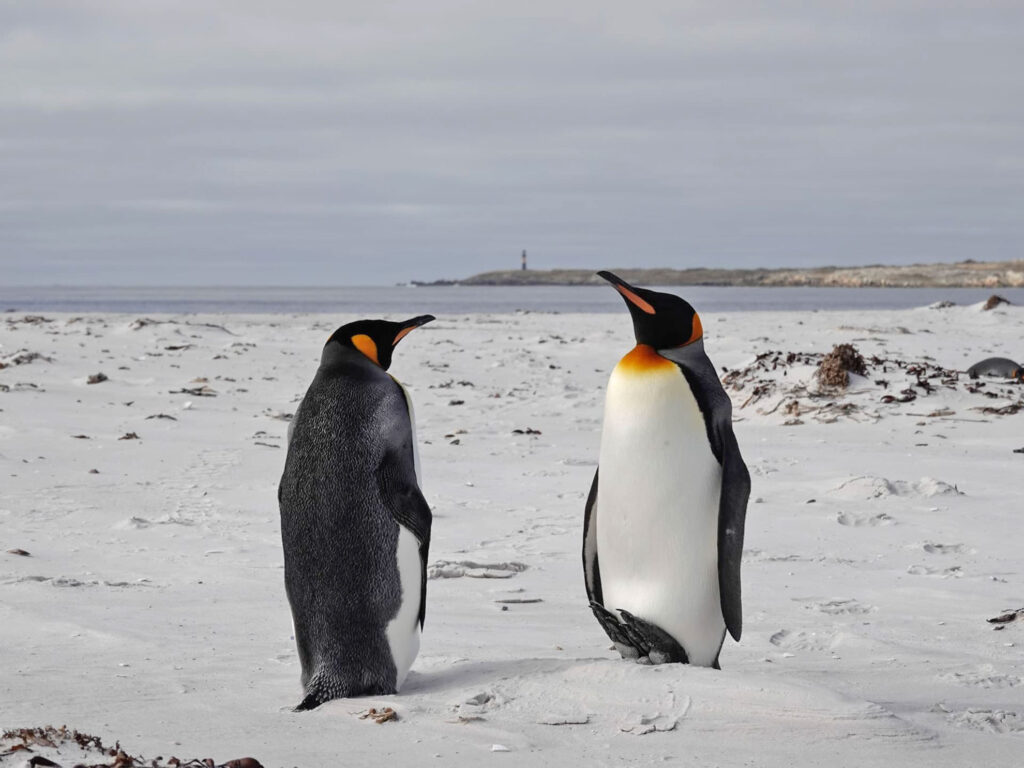
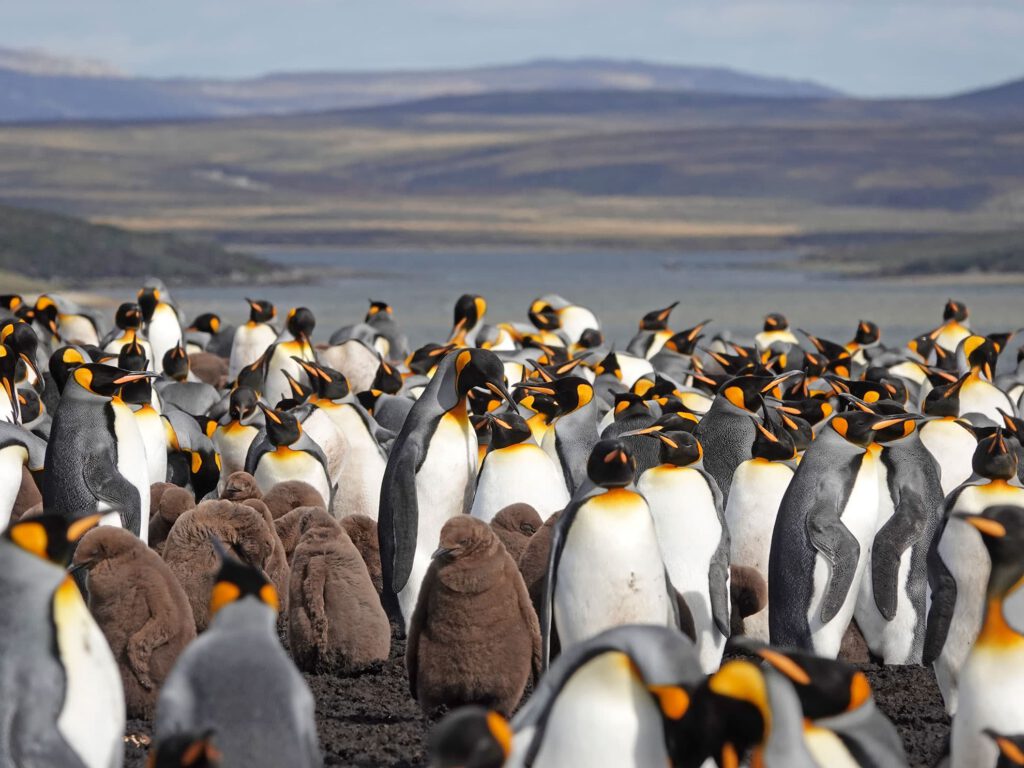

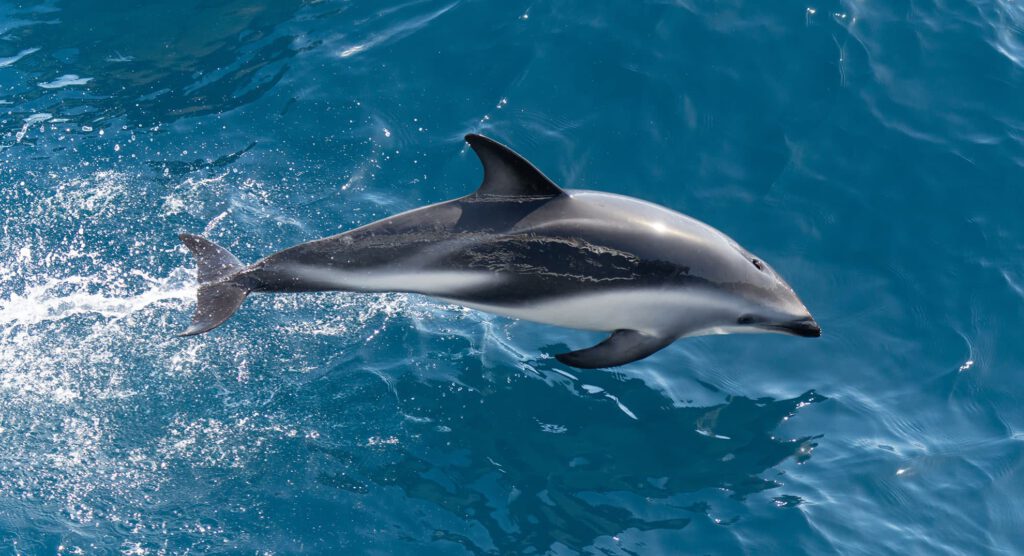
The final destination of the planned expedition is Port Stanley.
